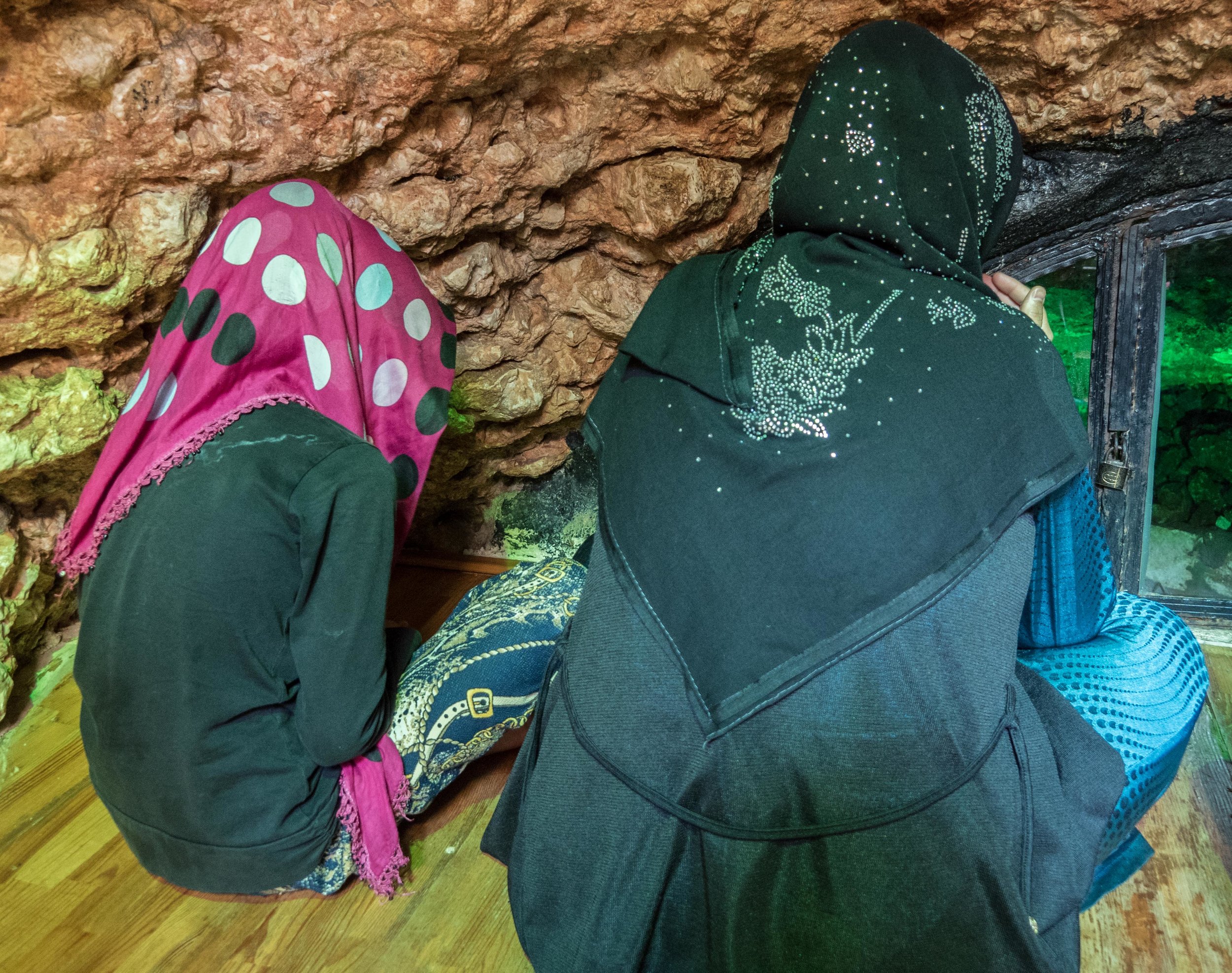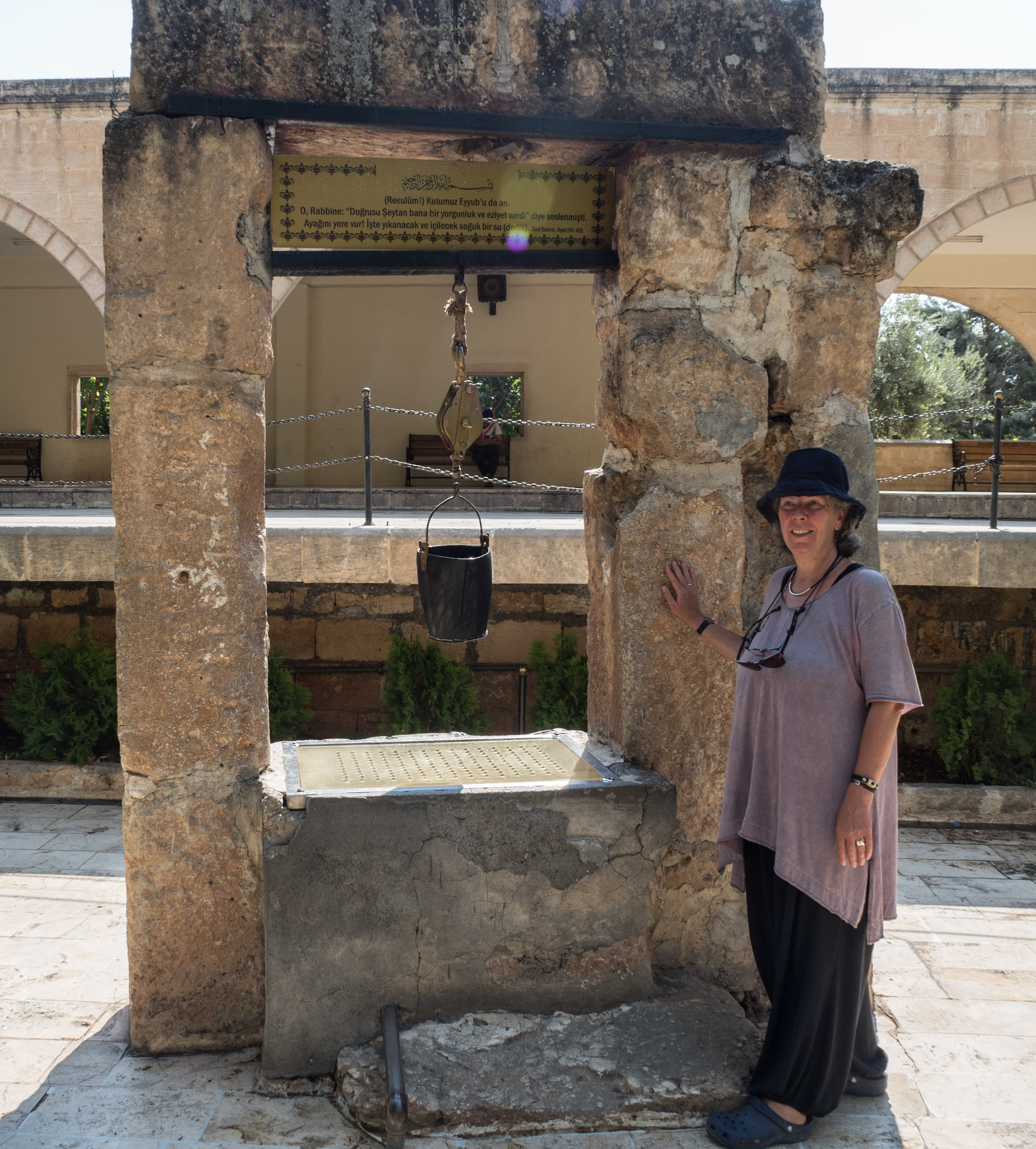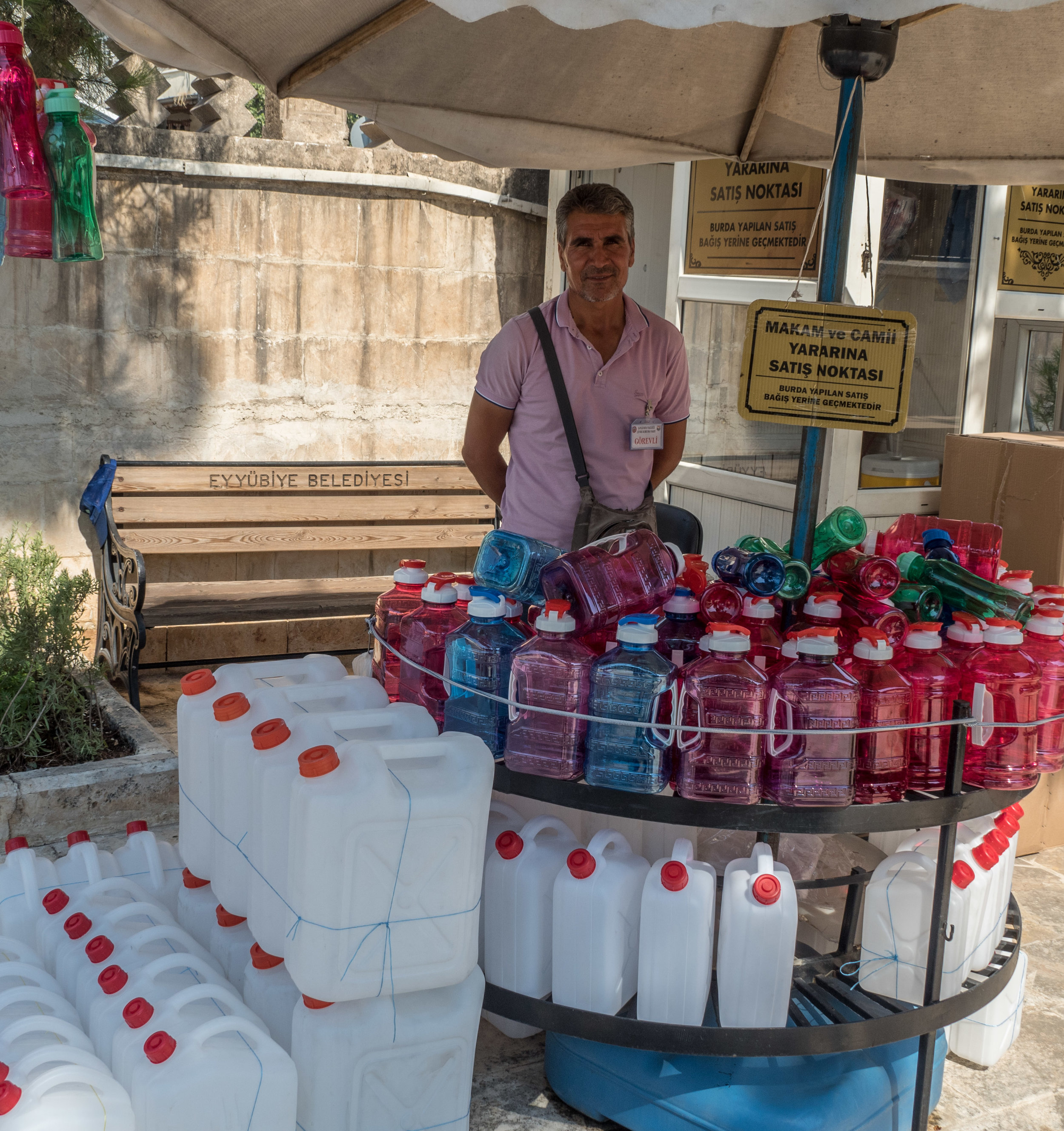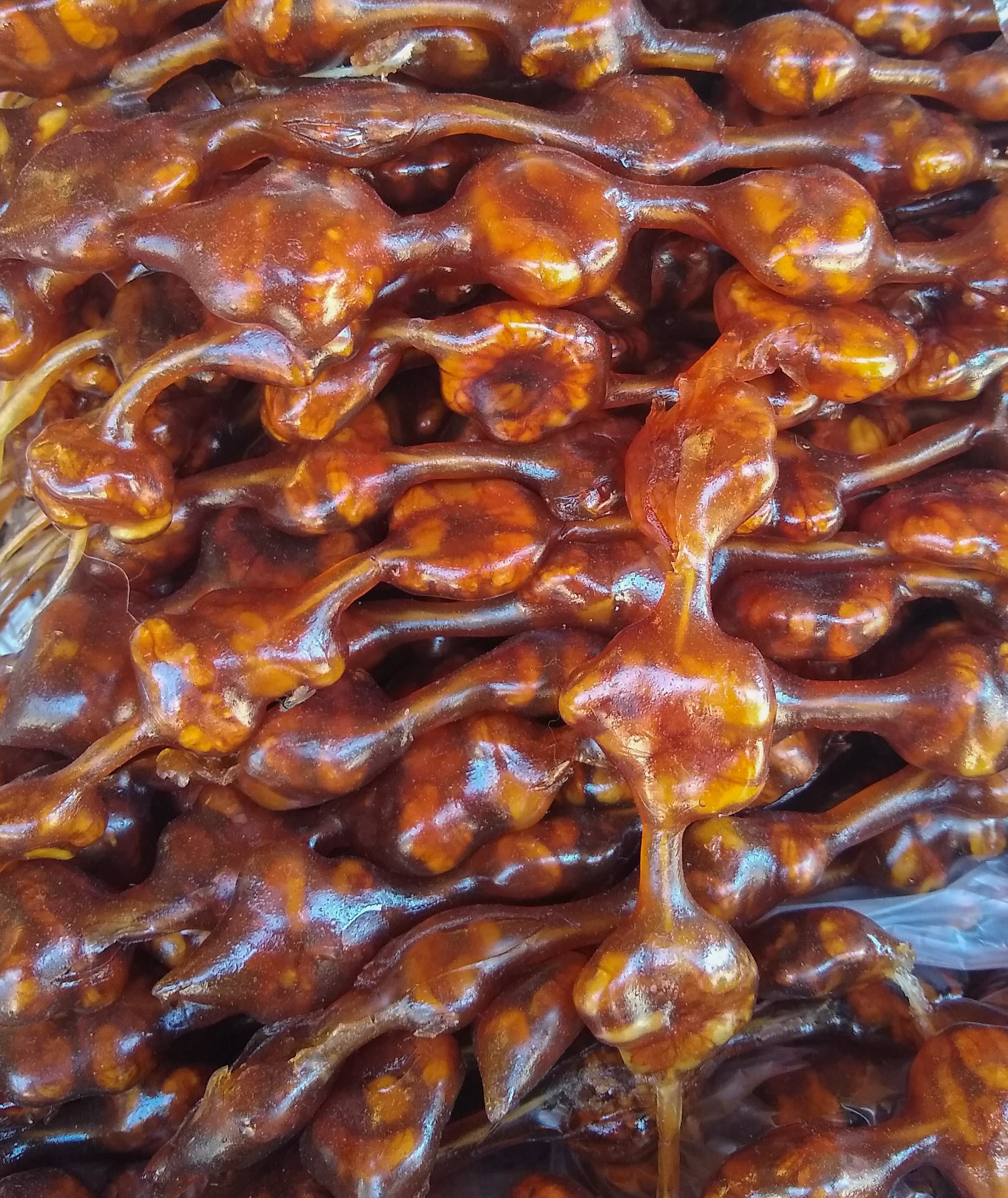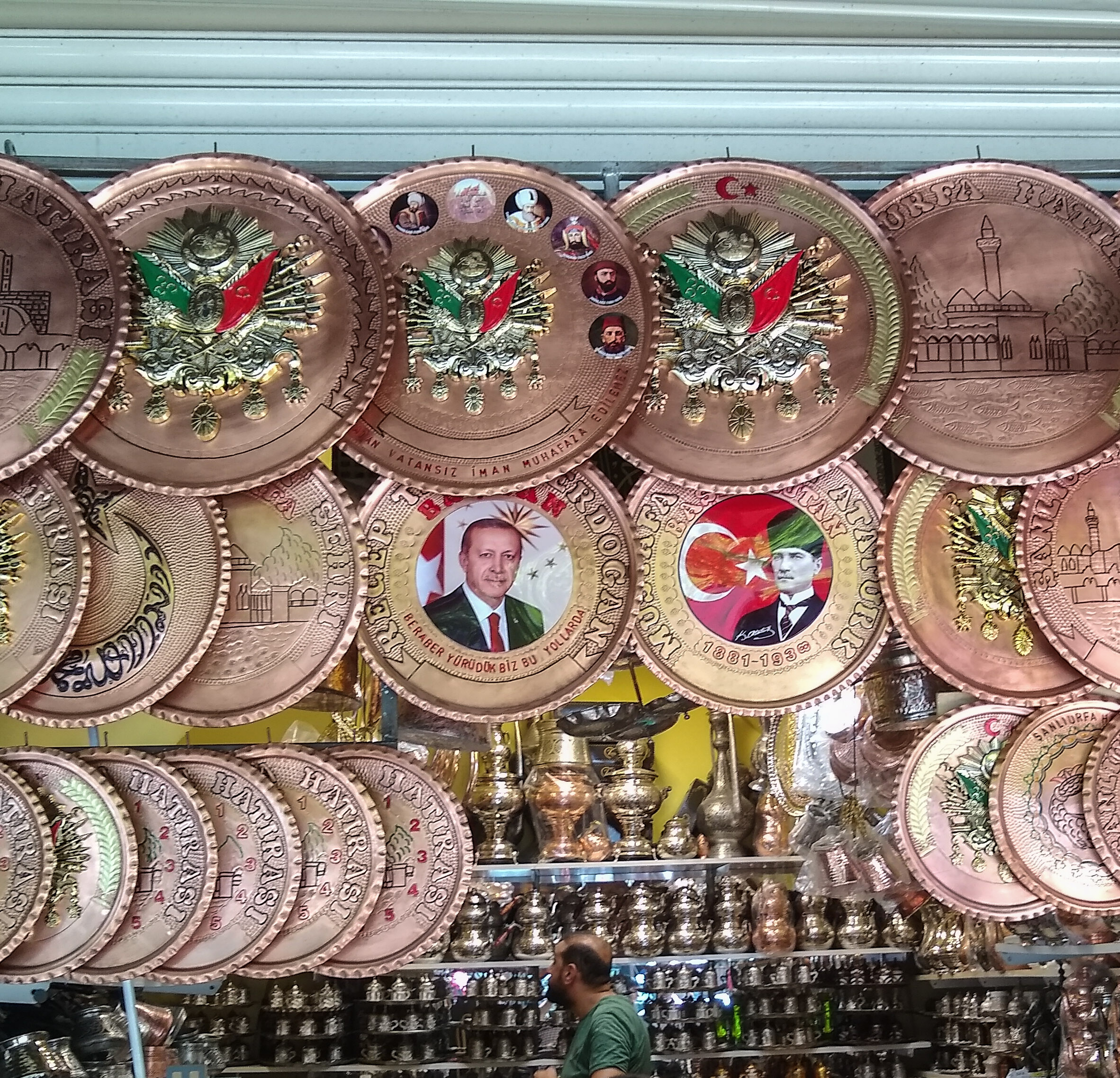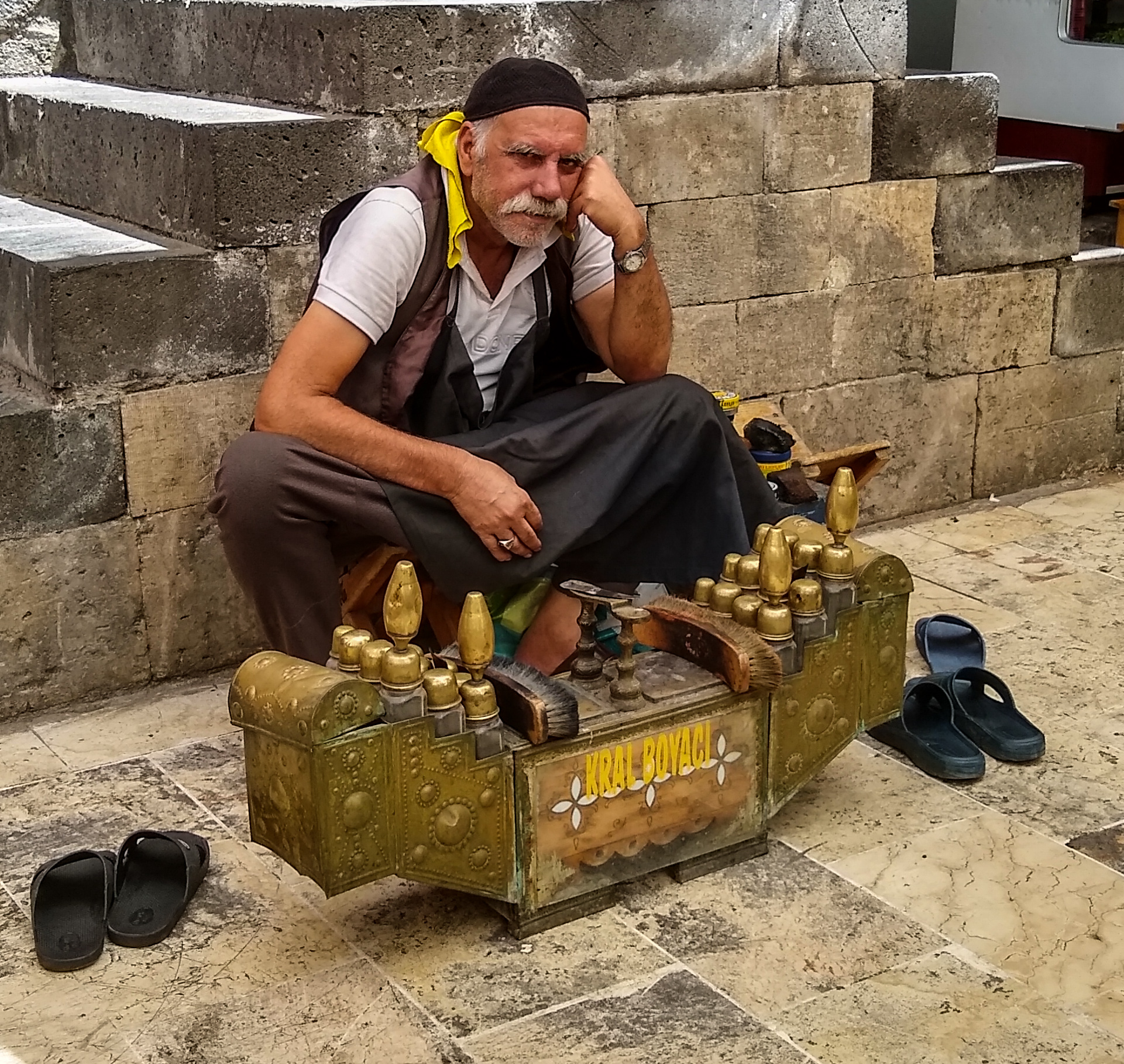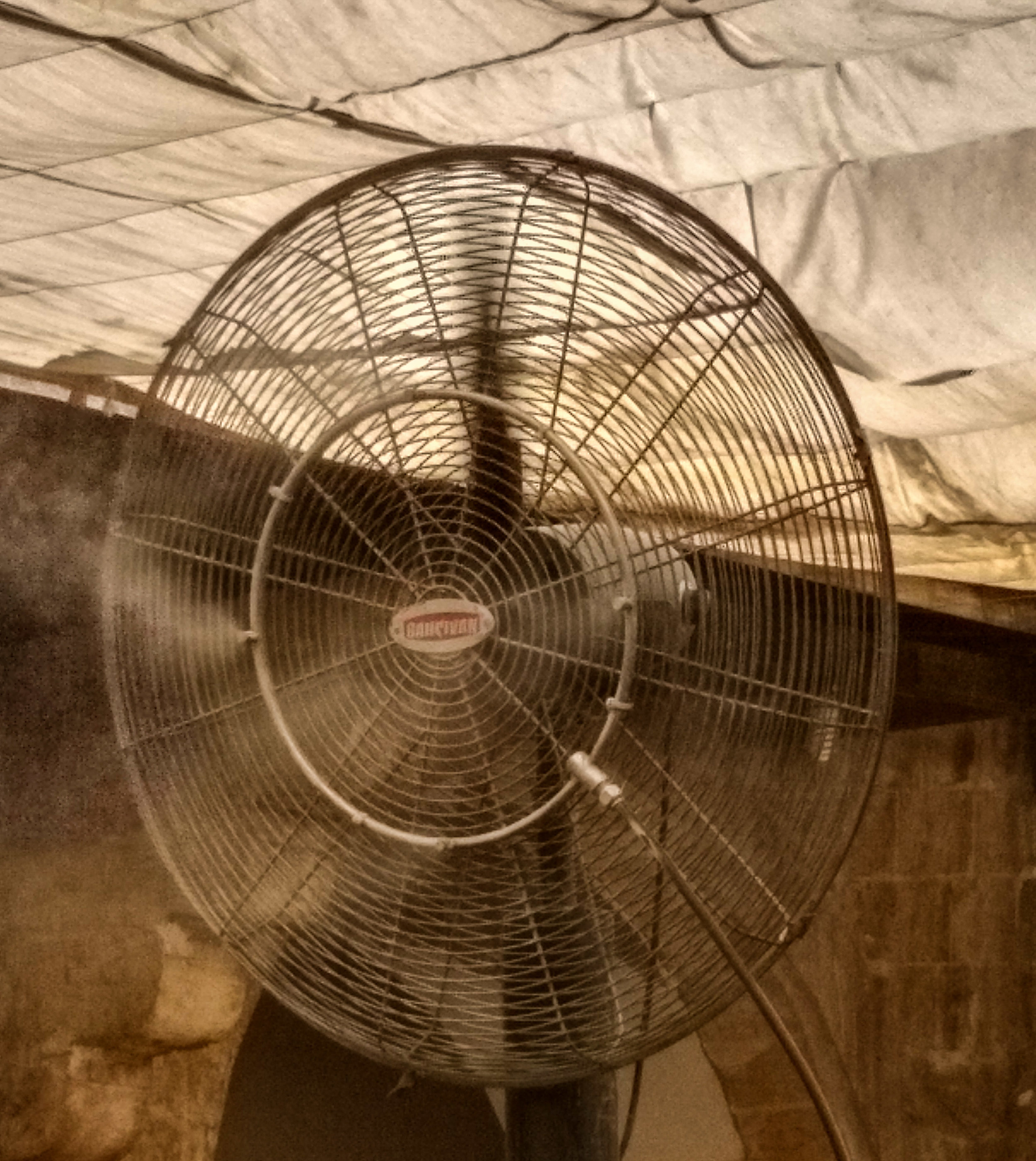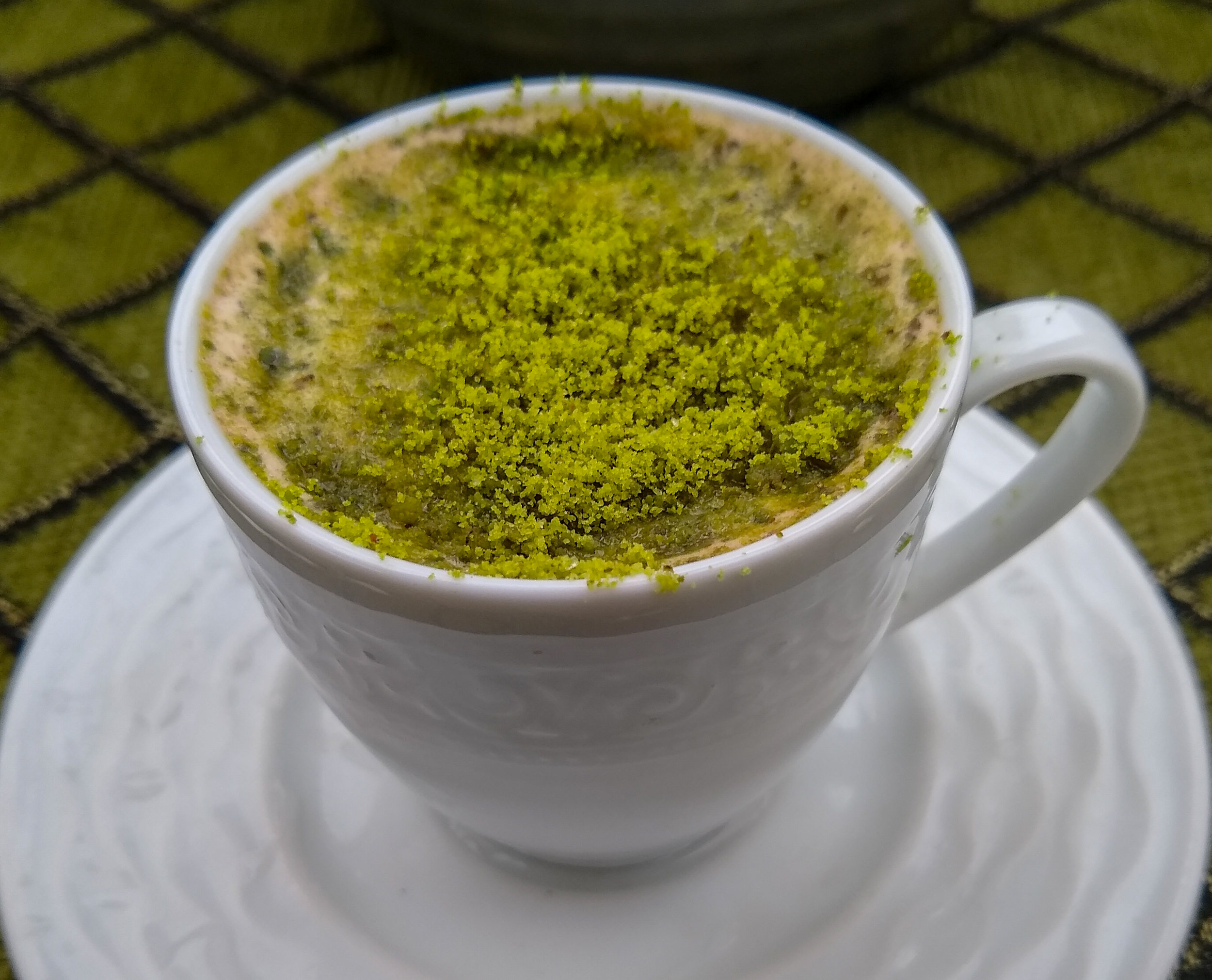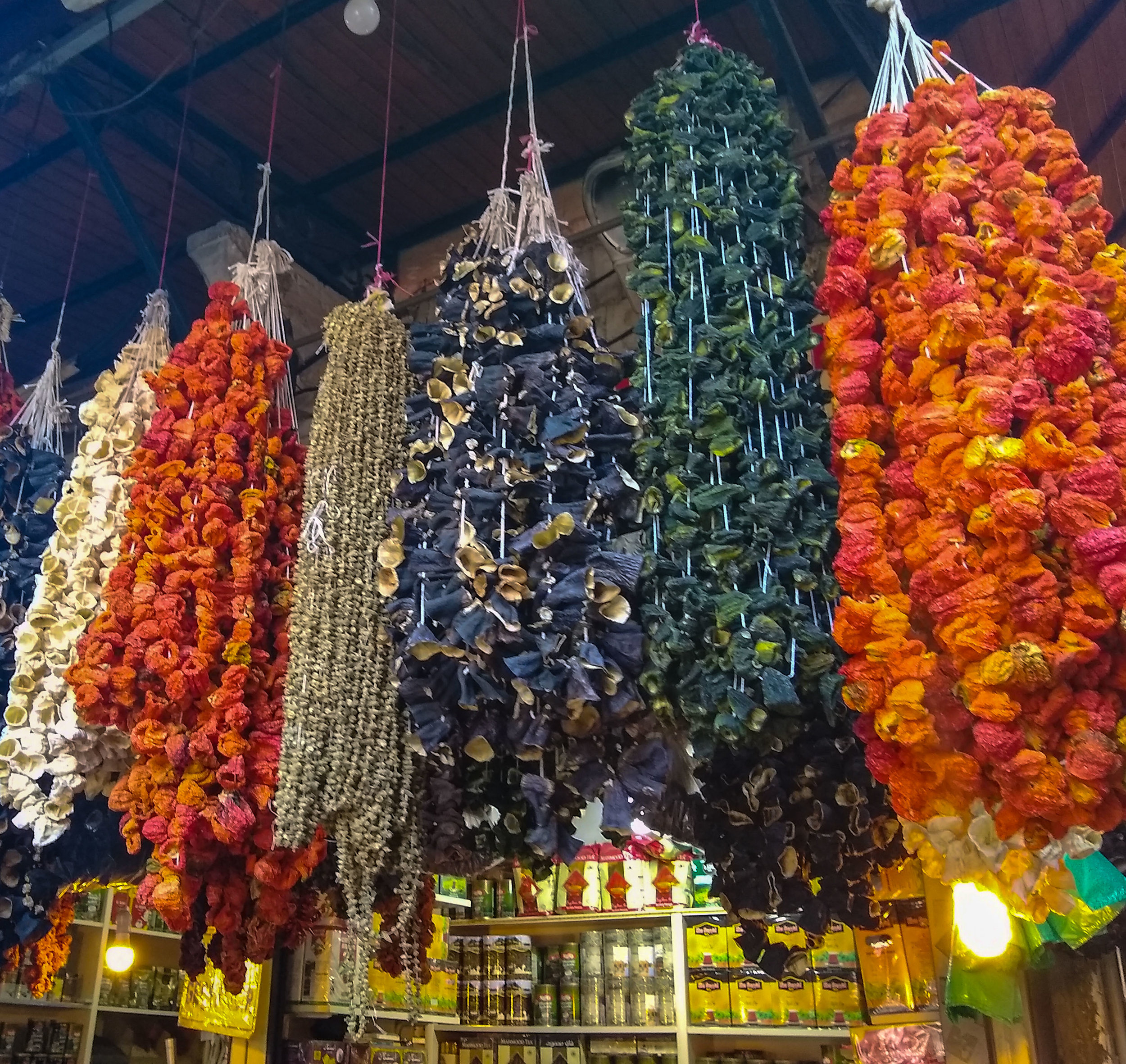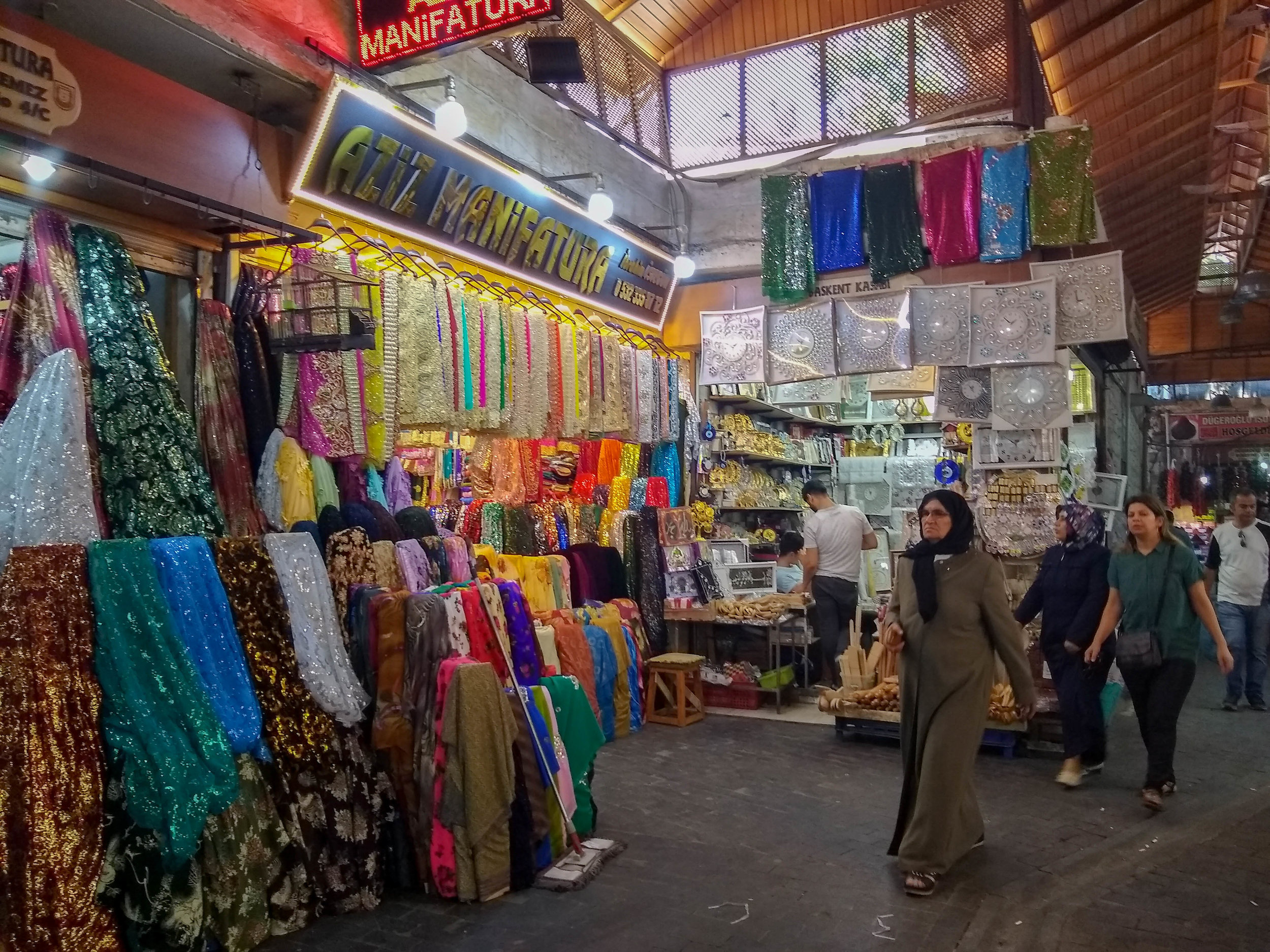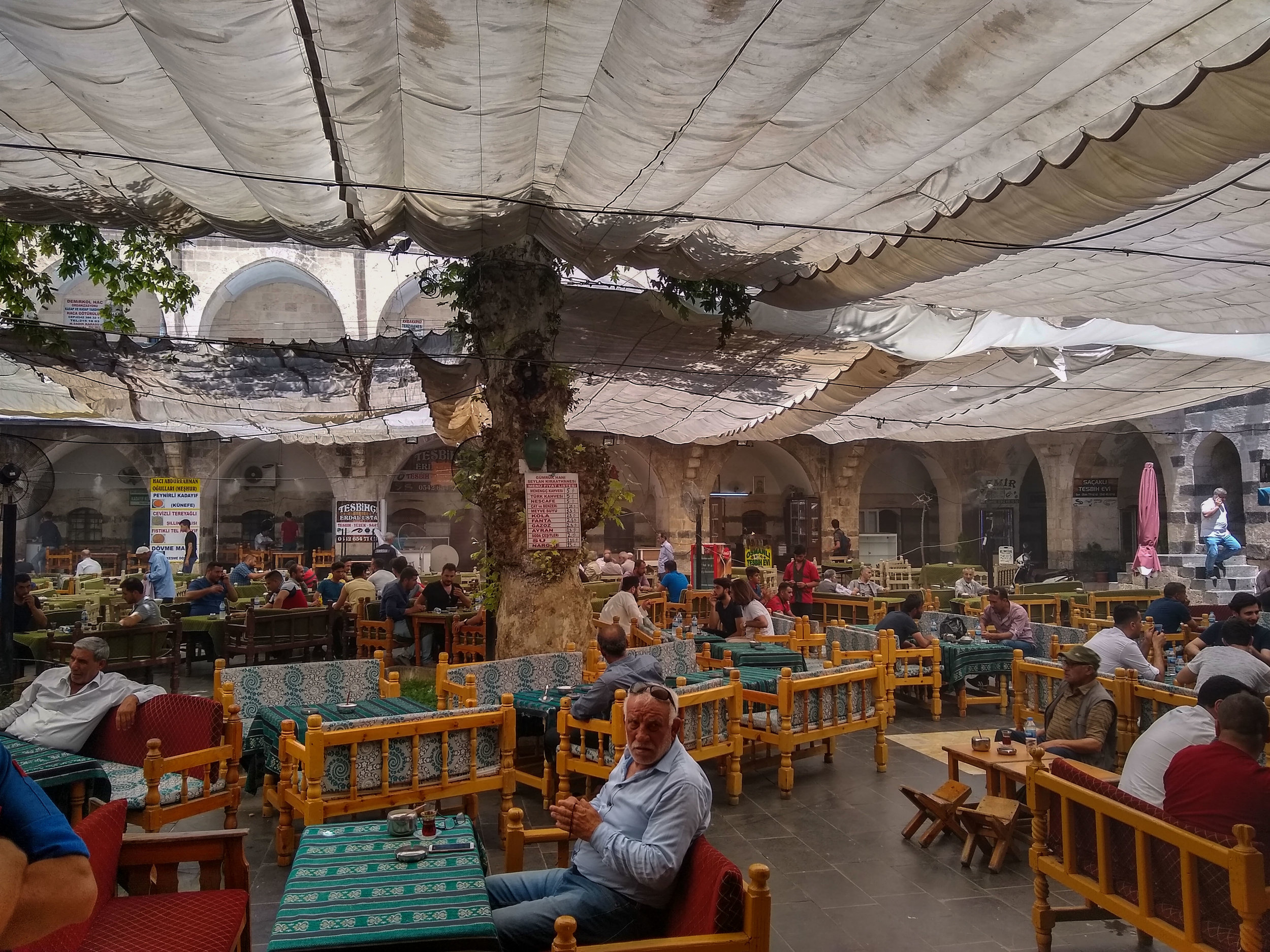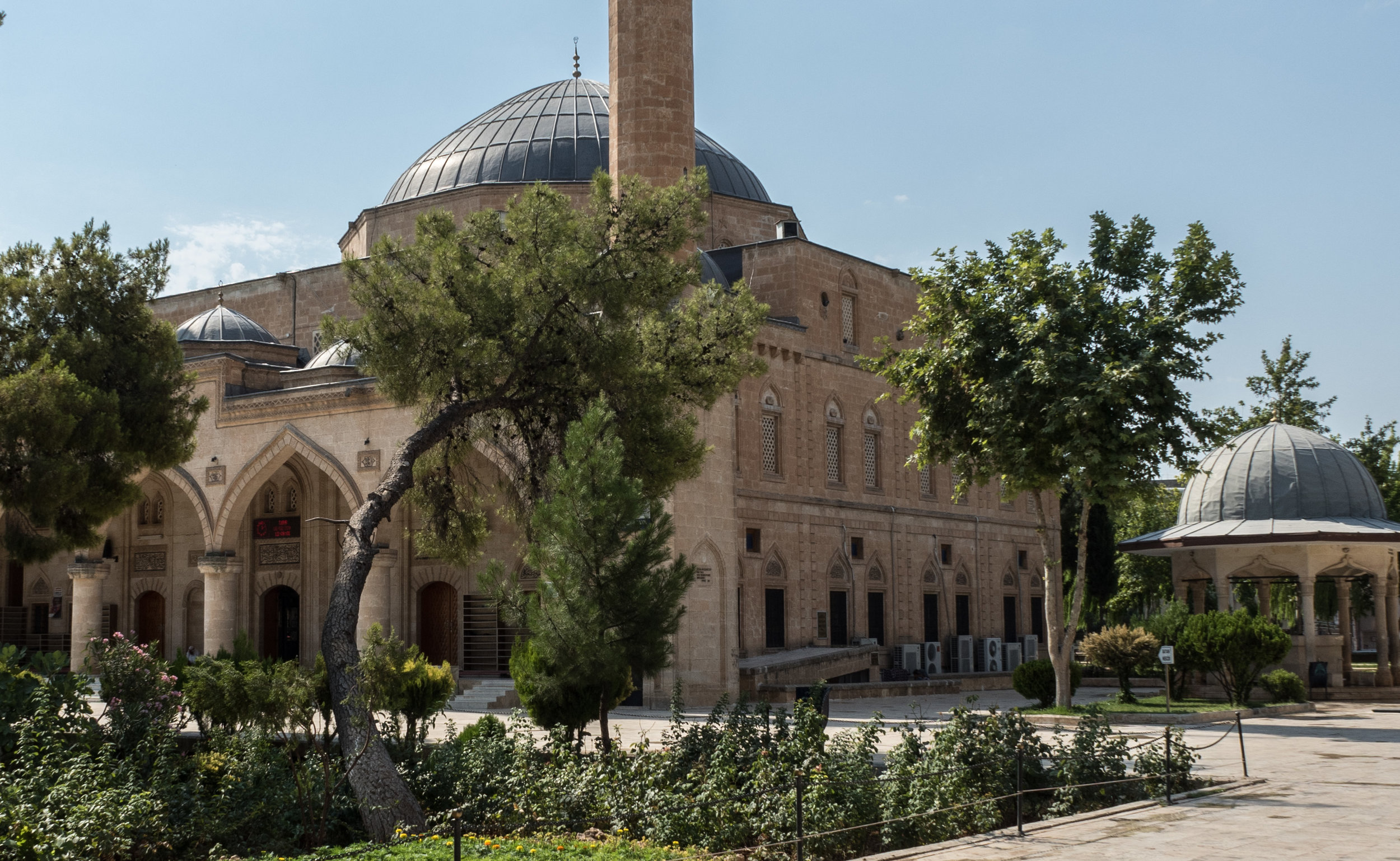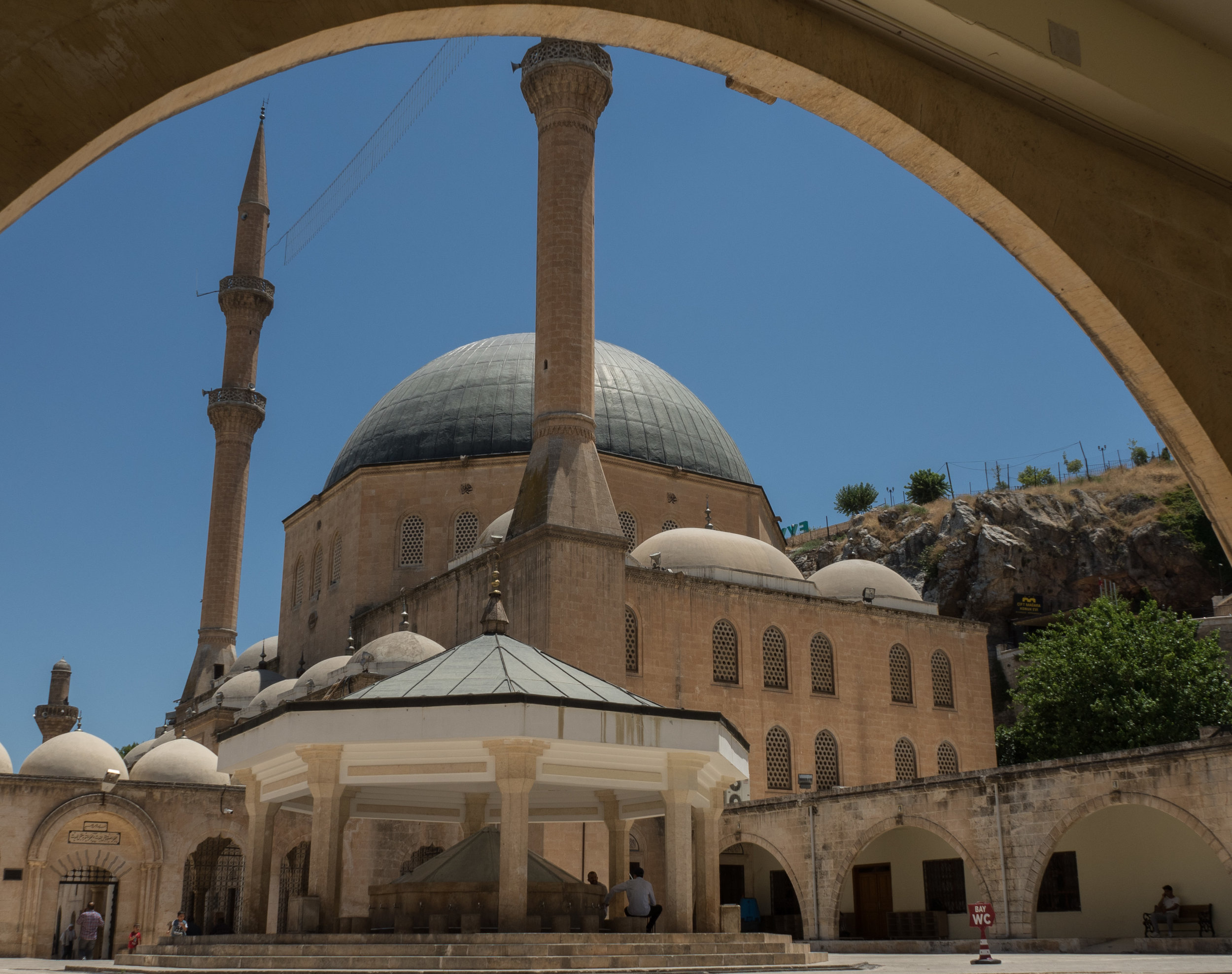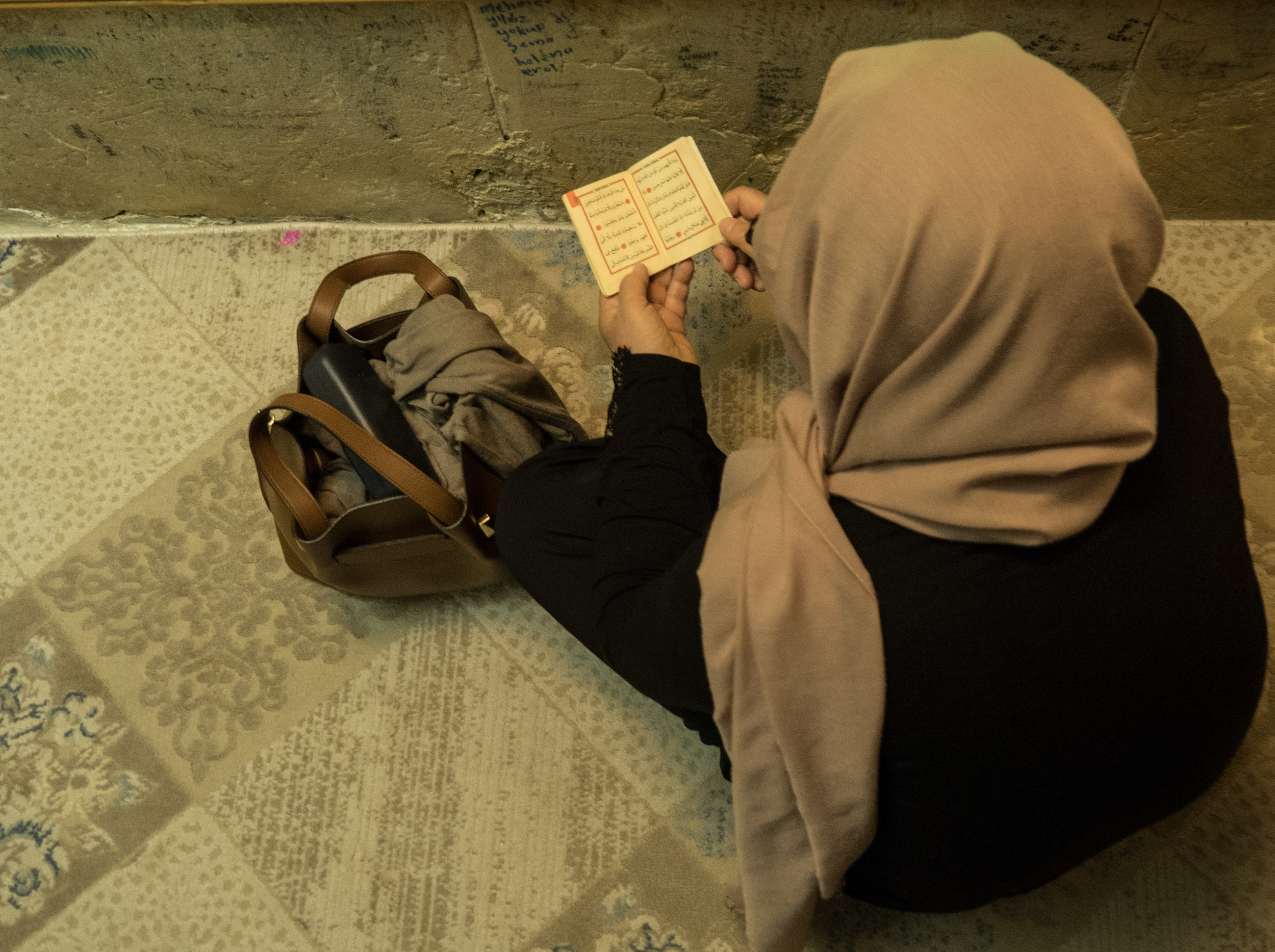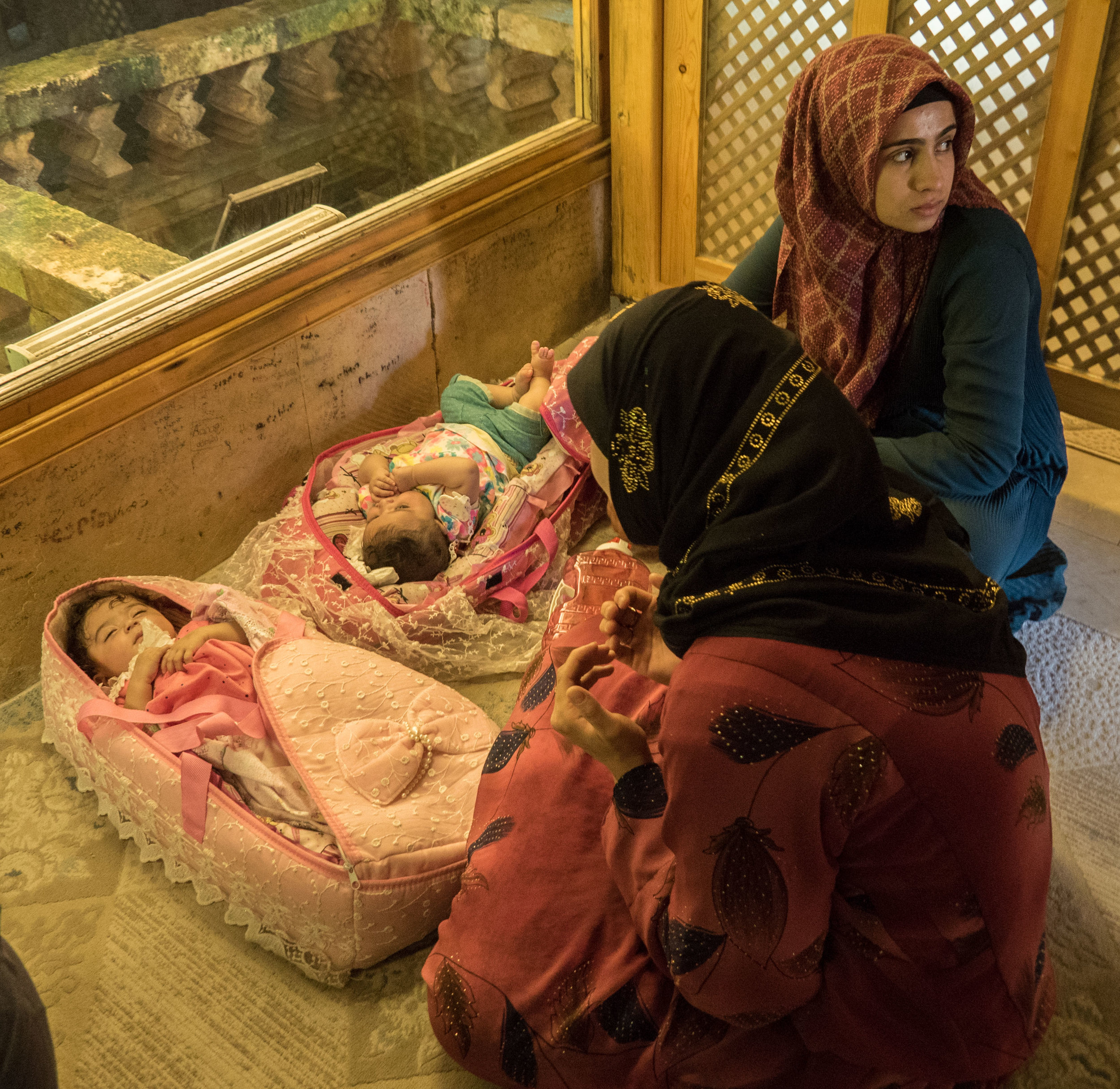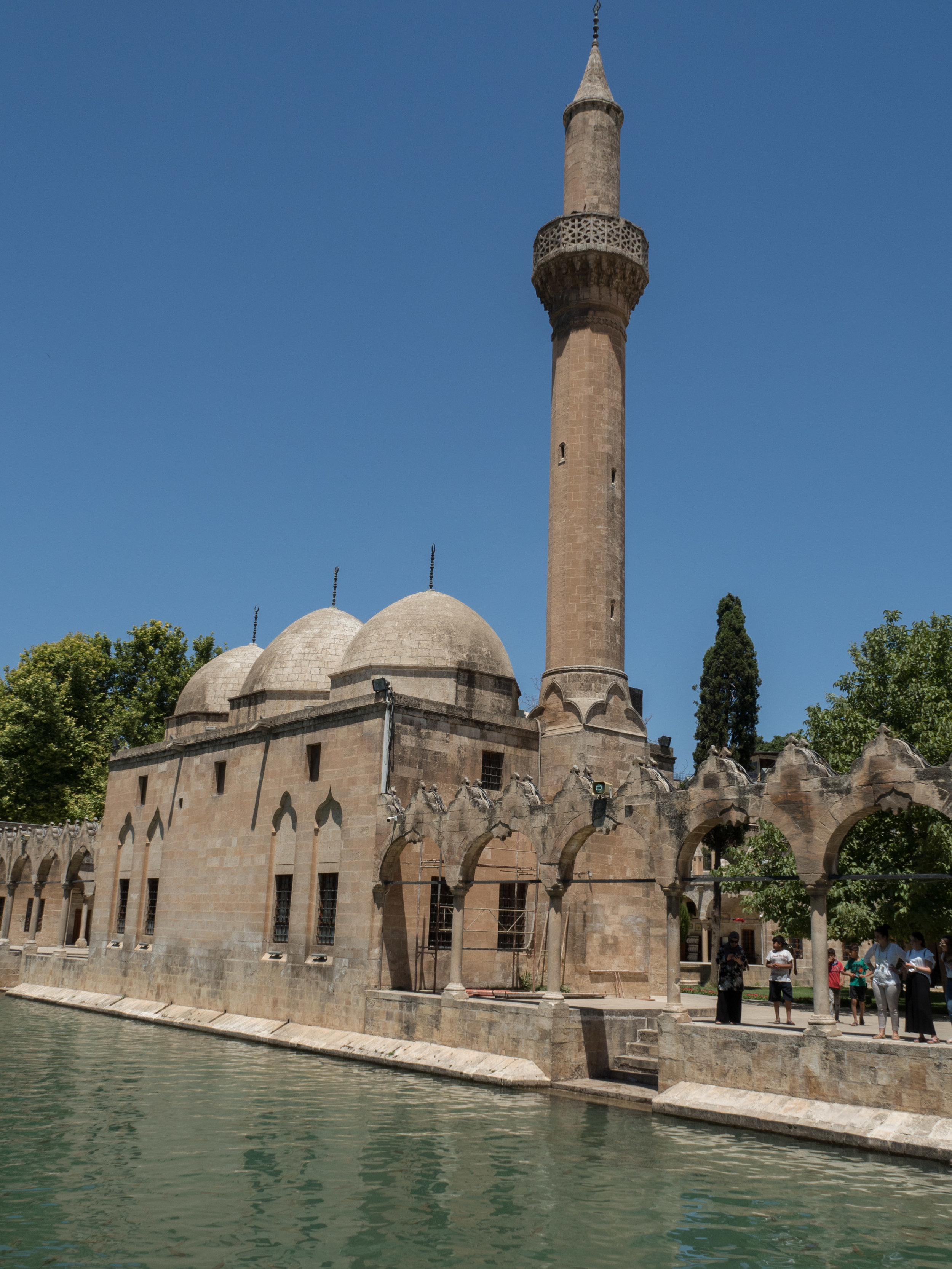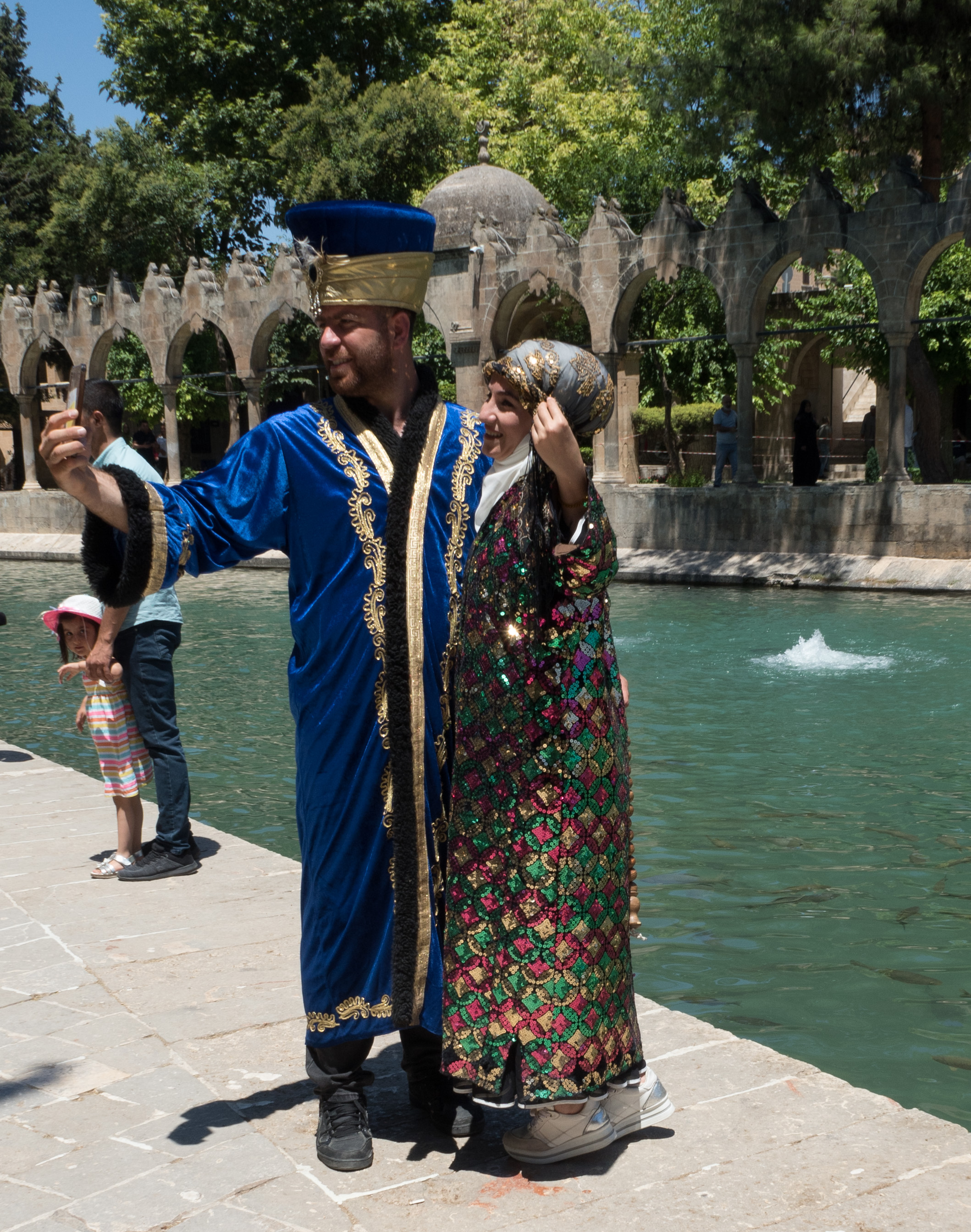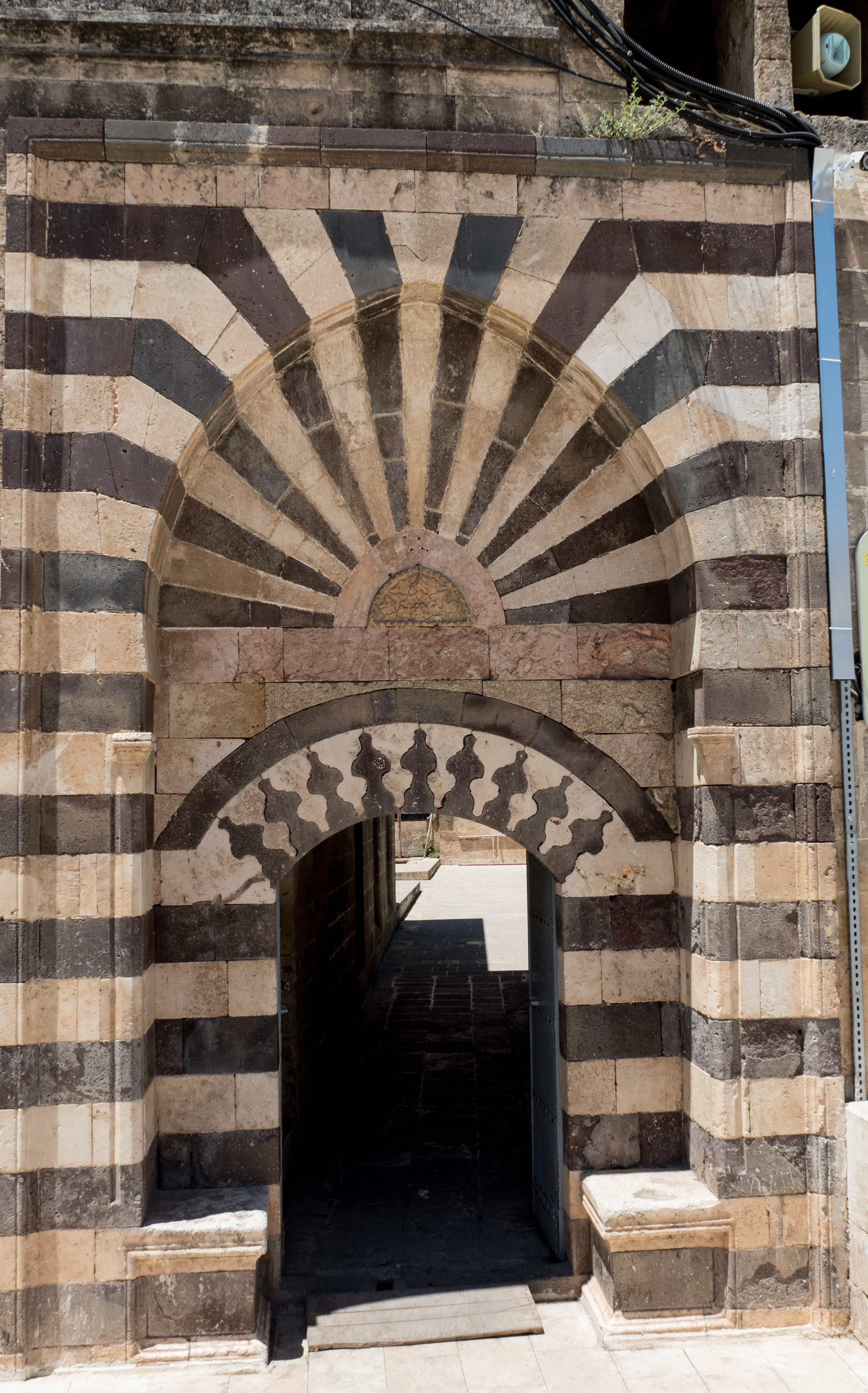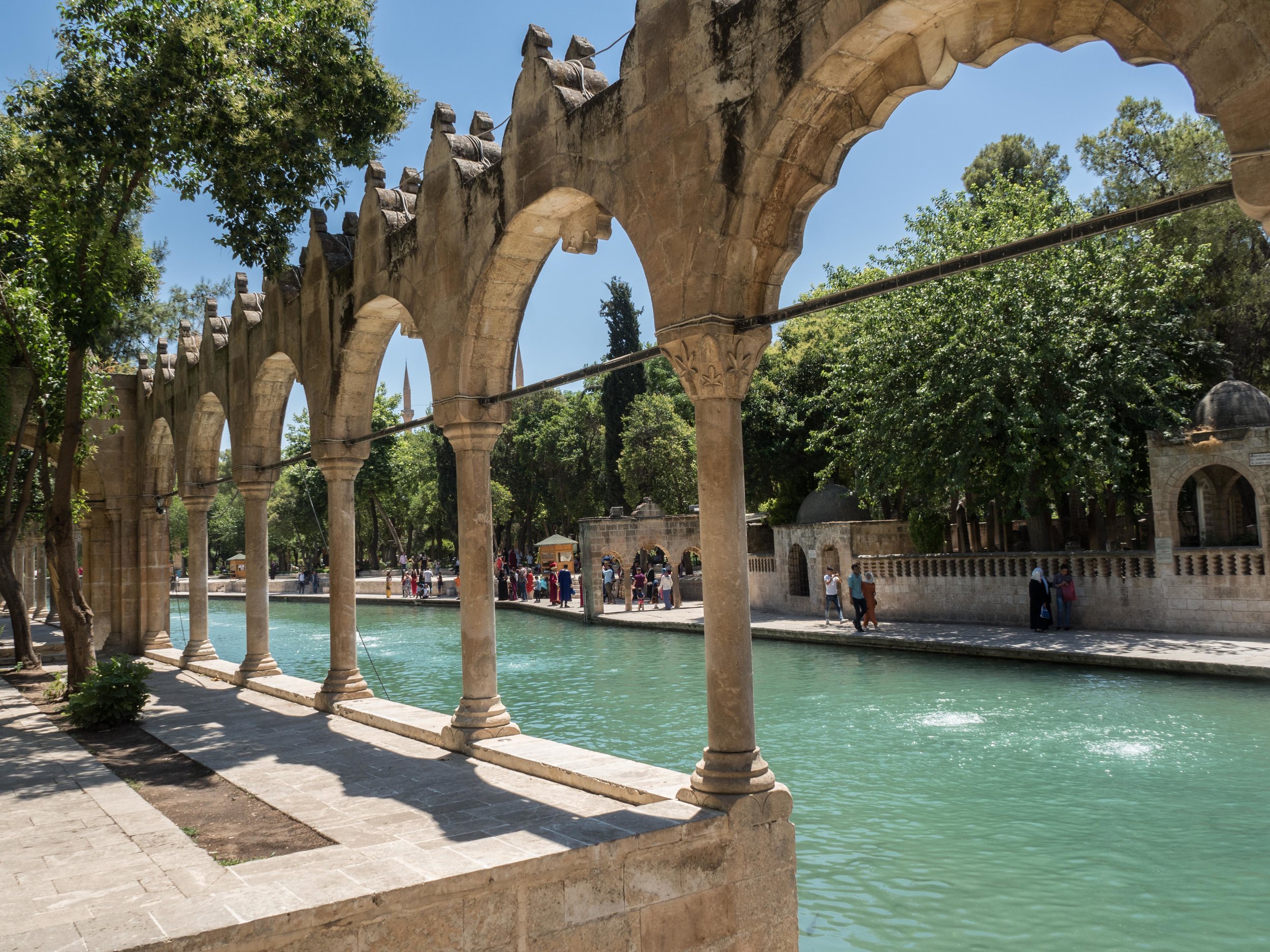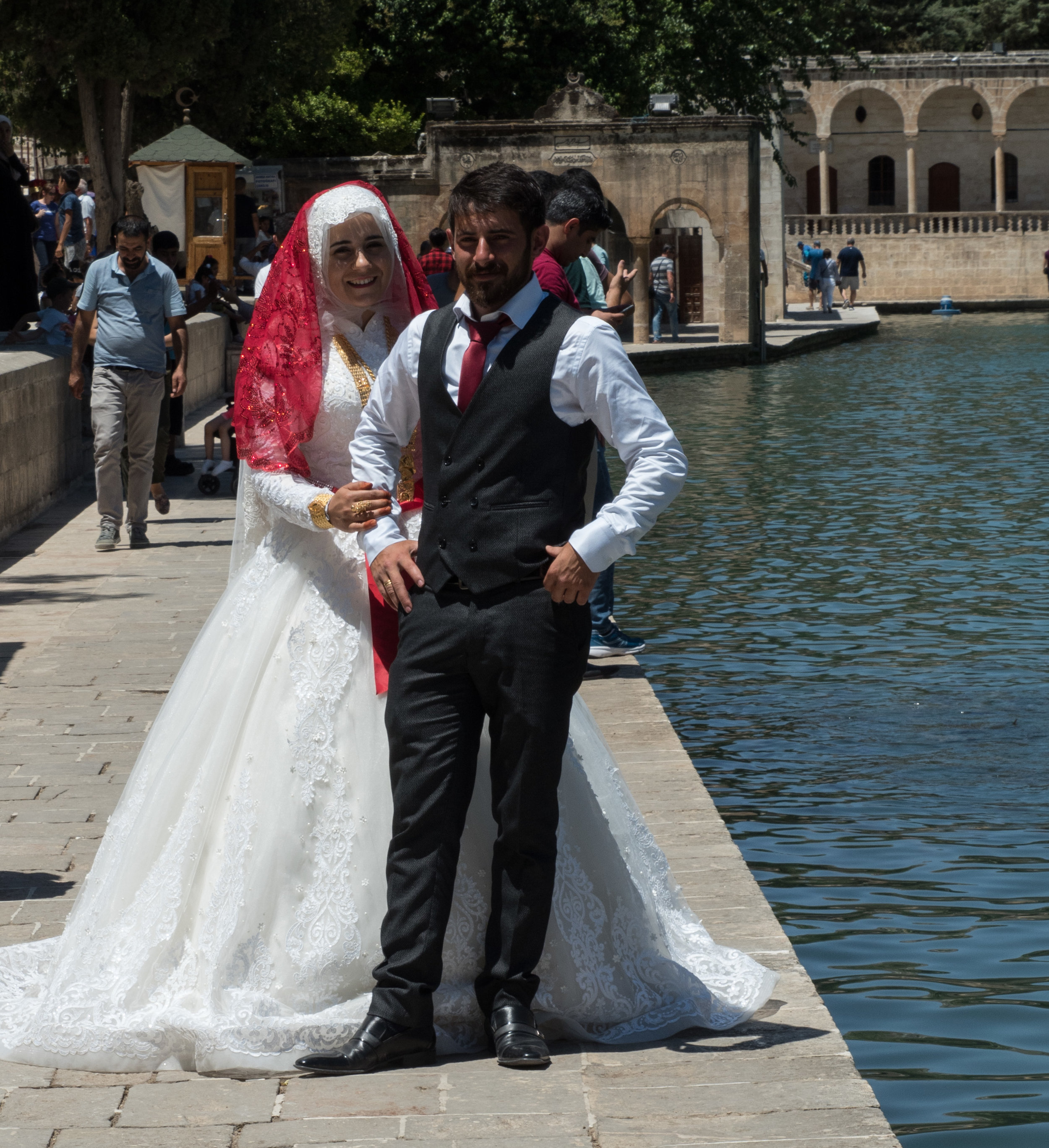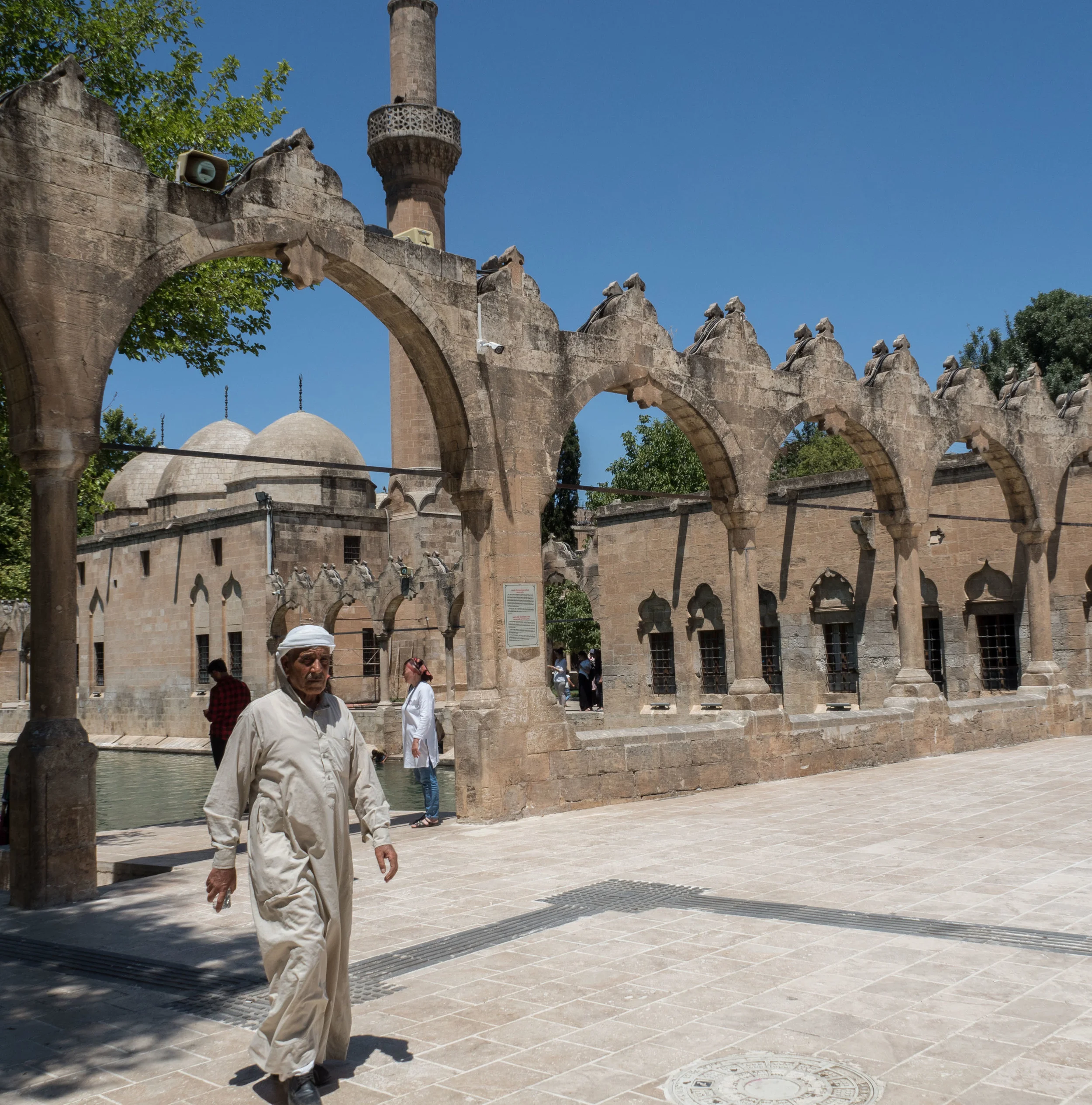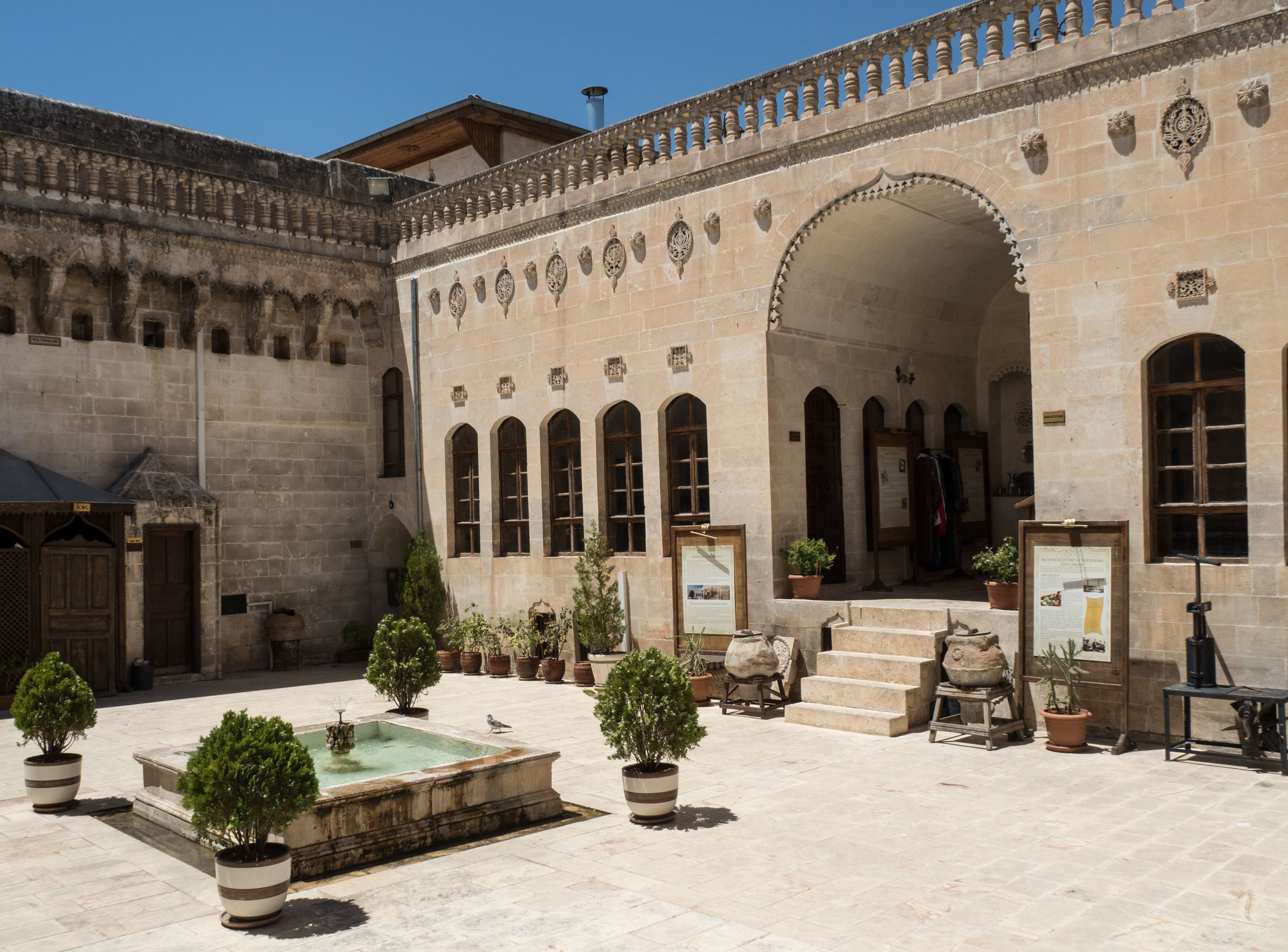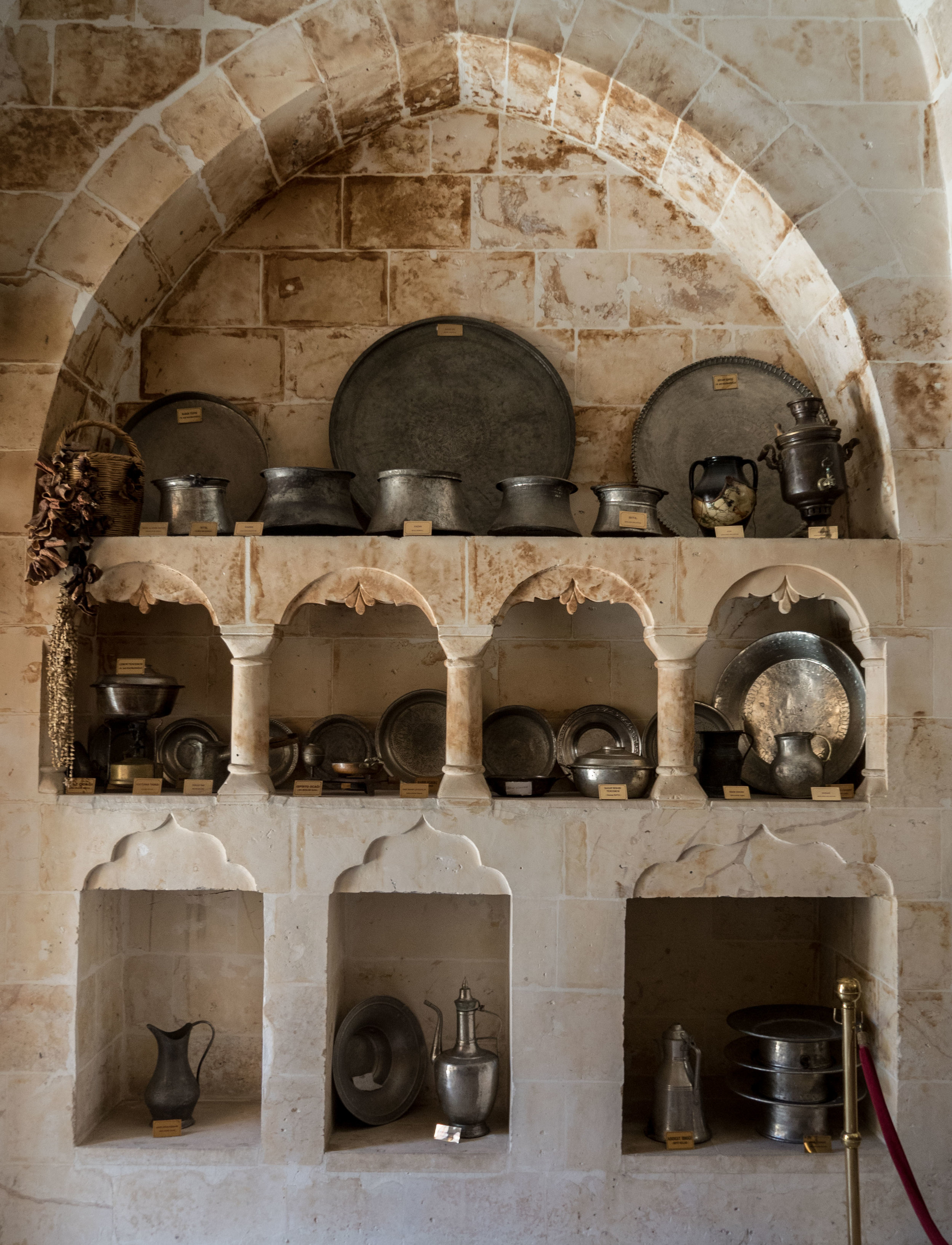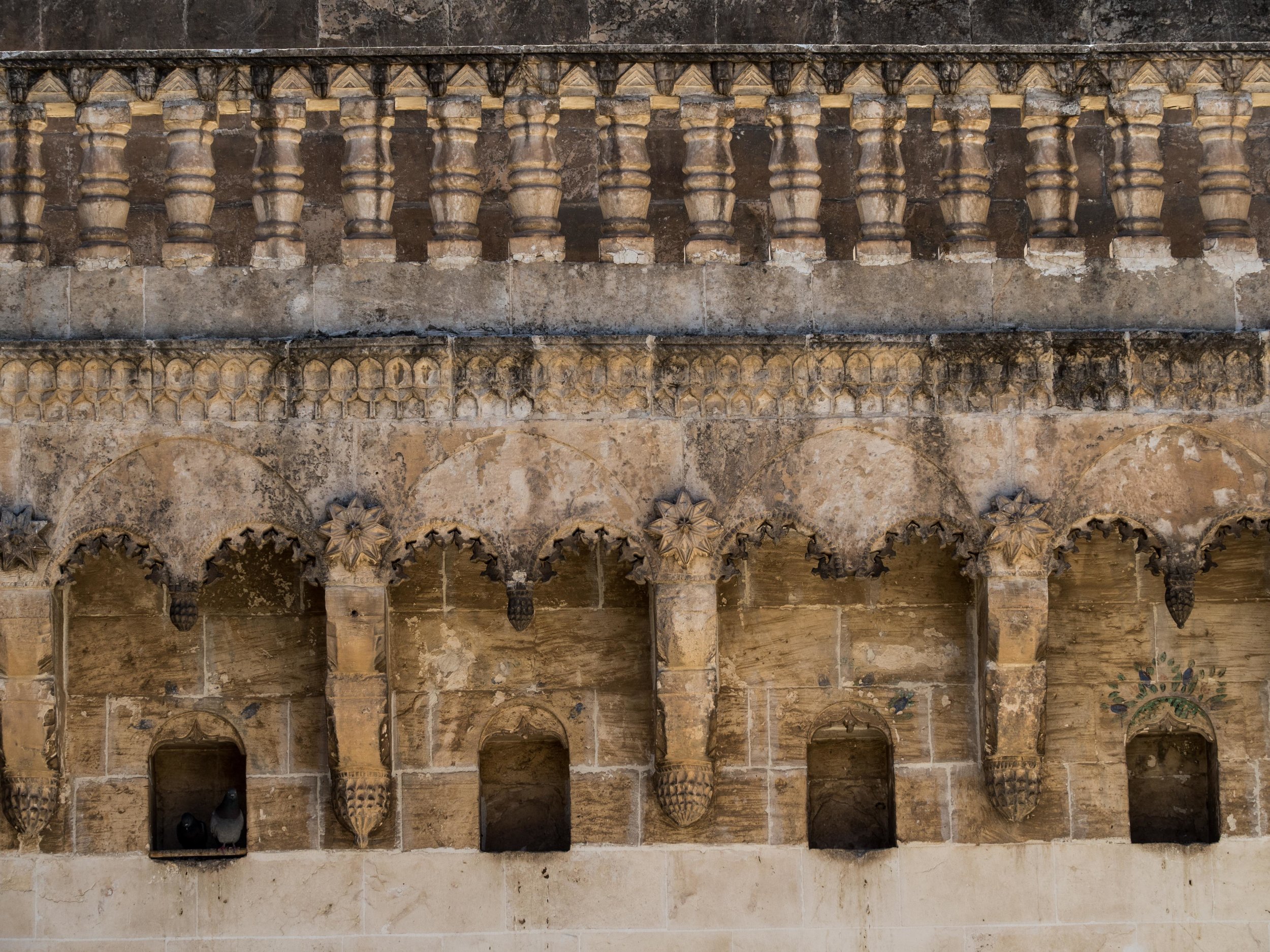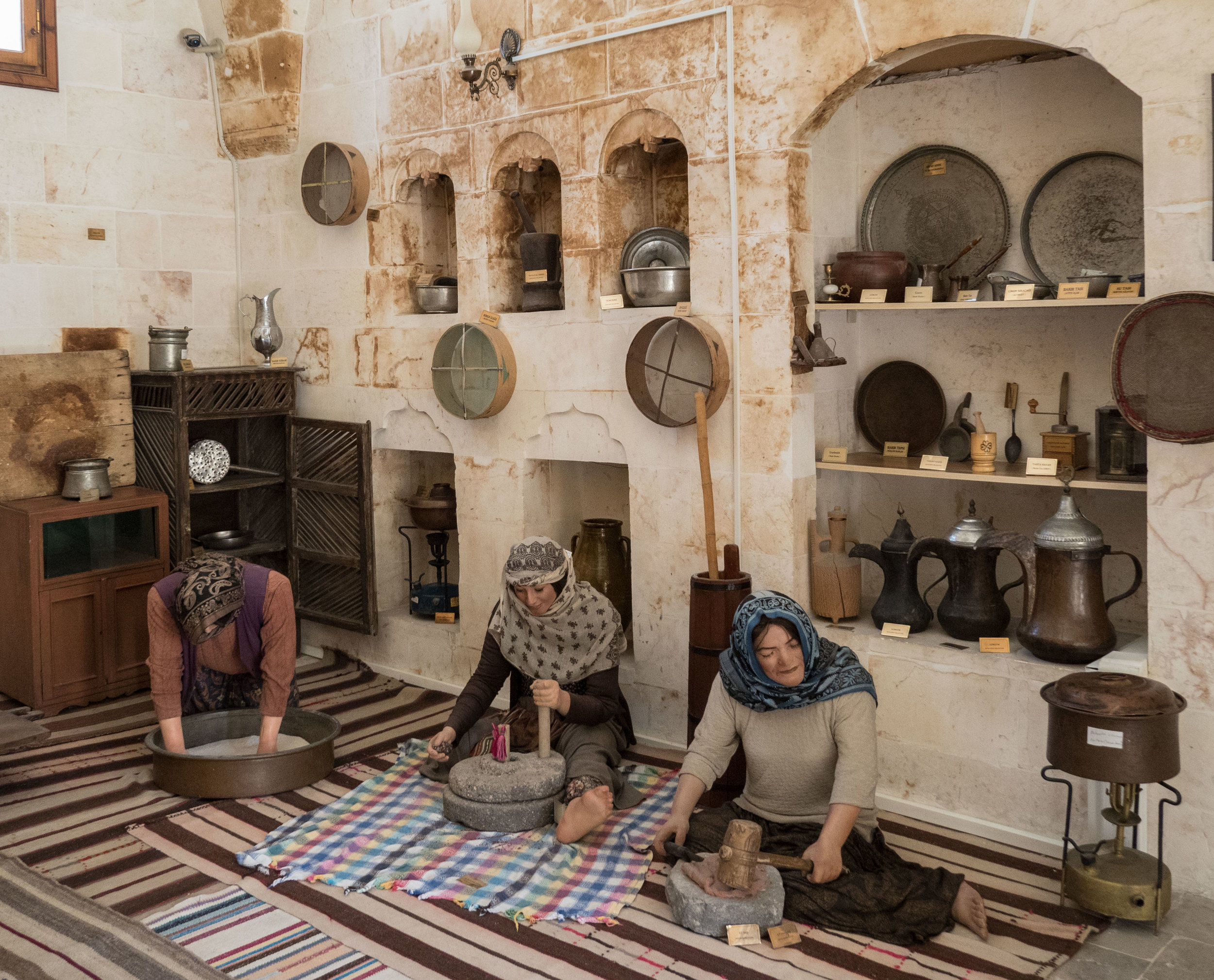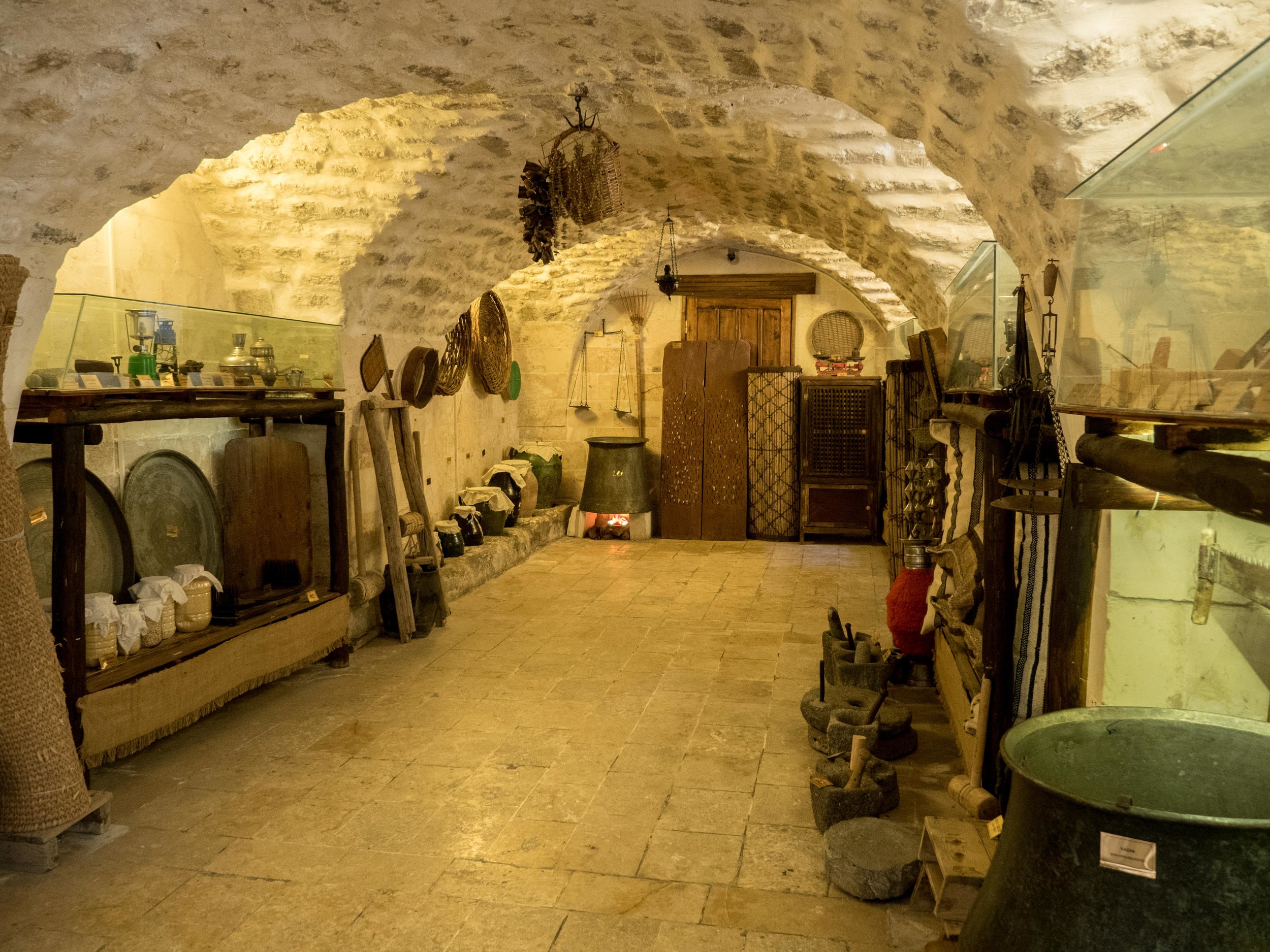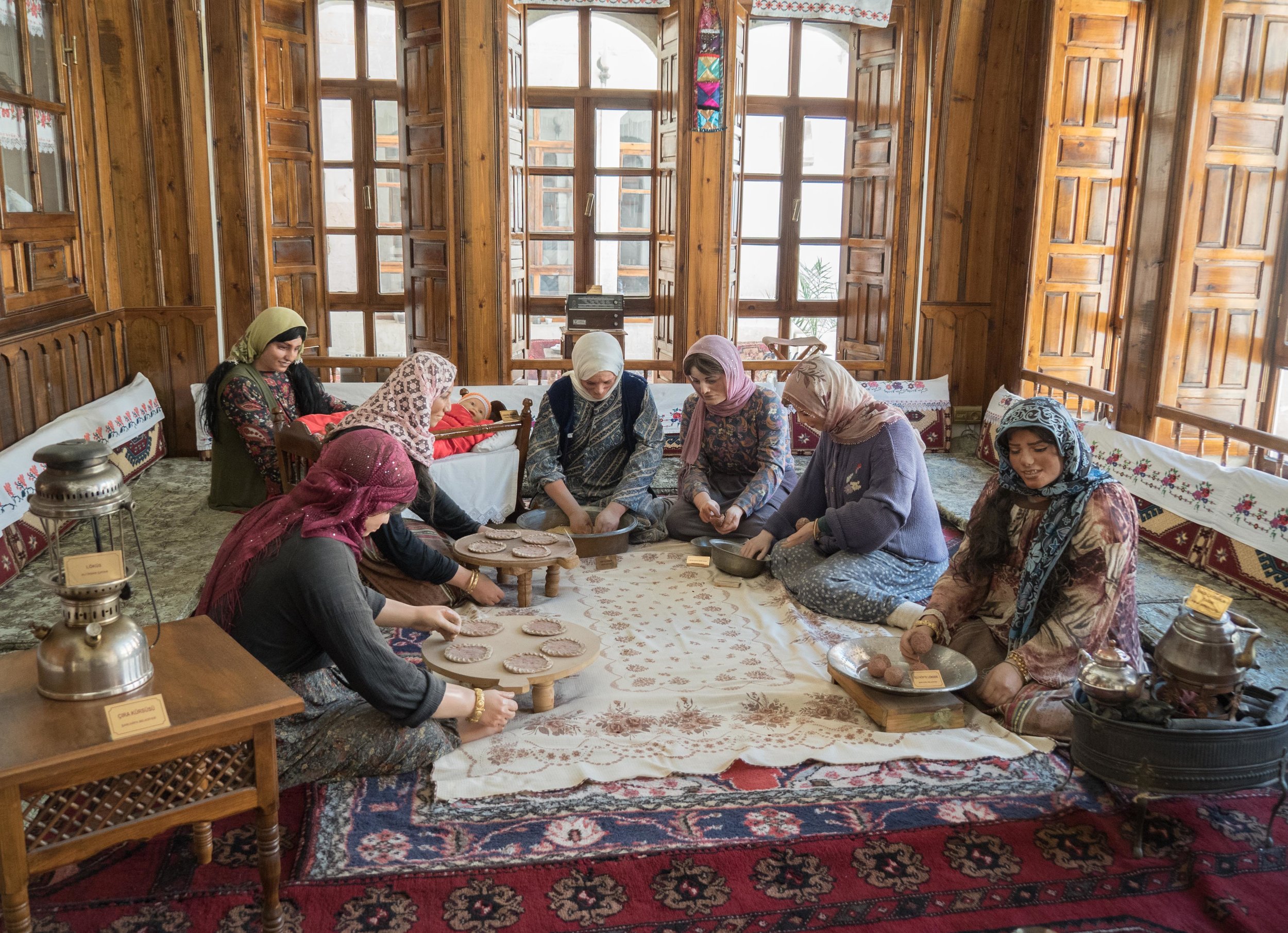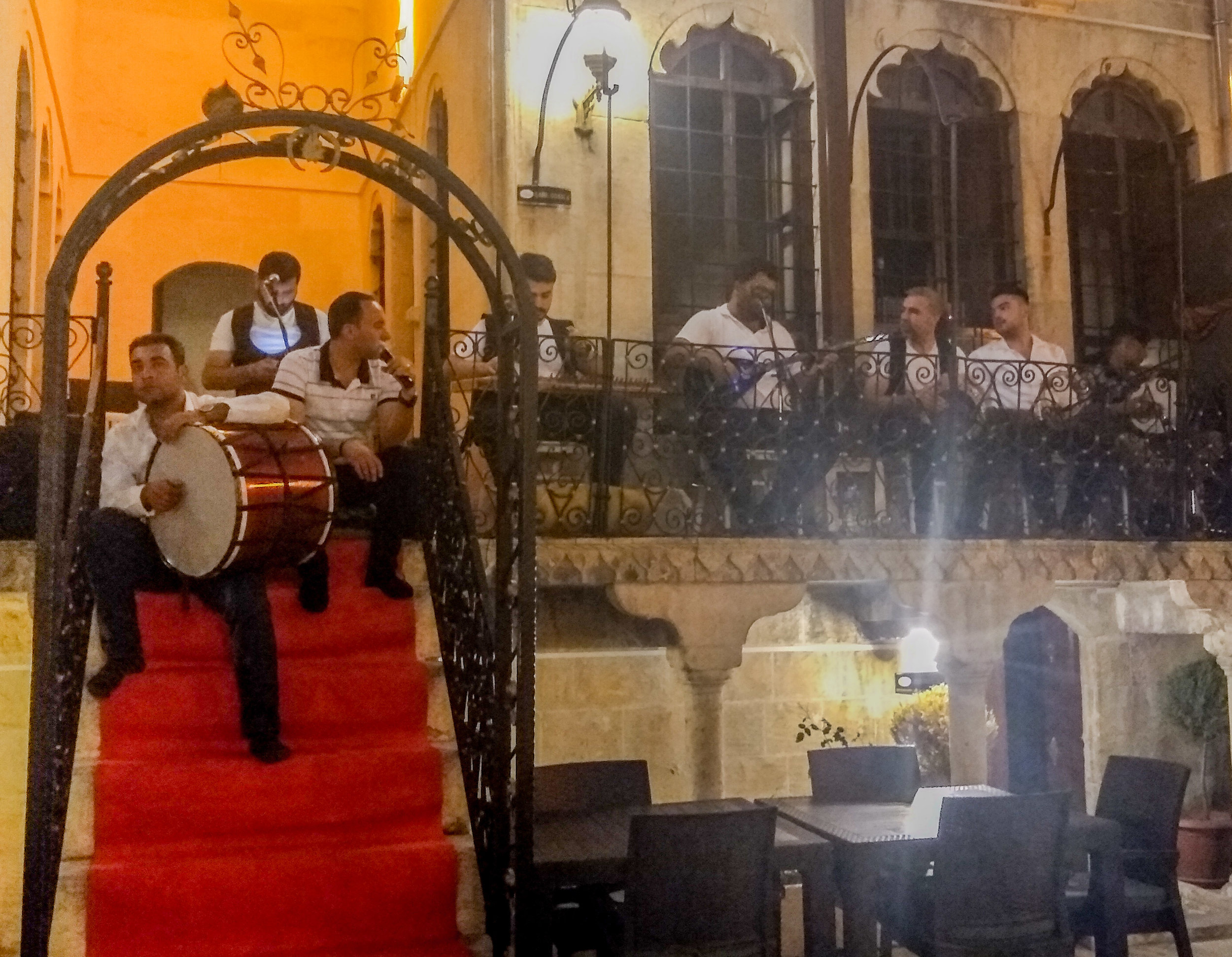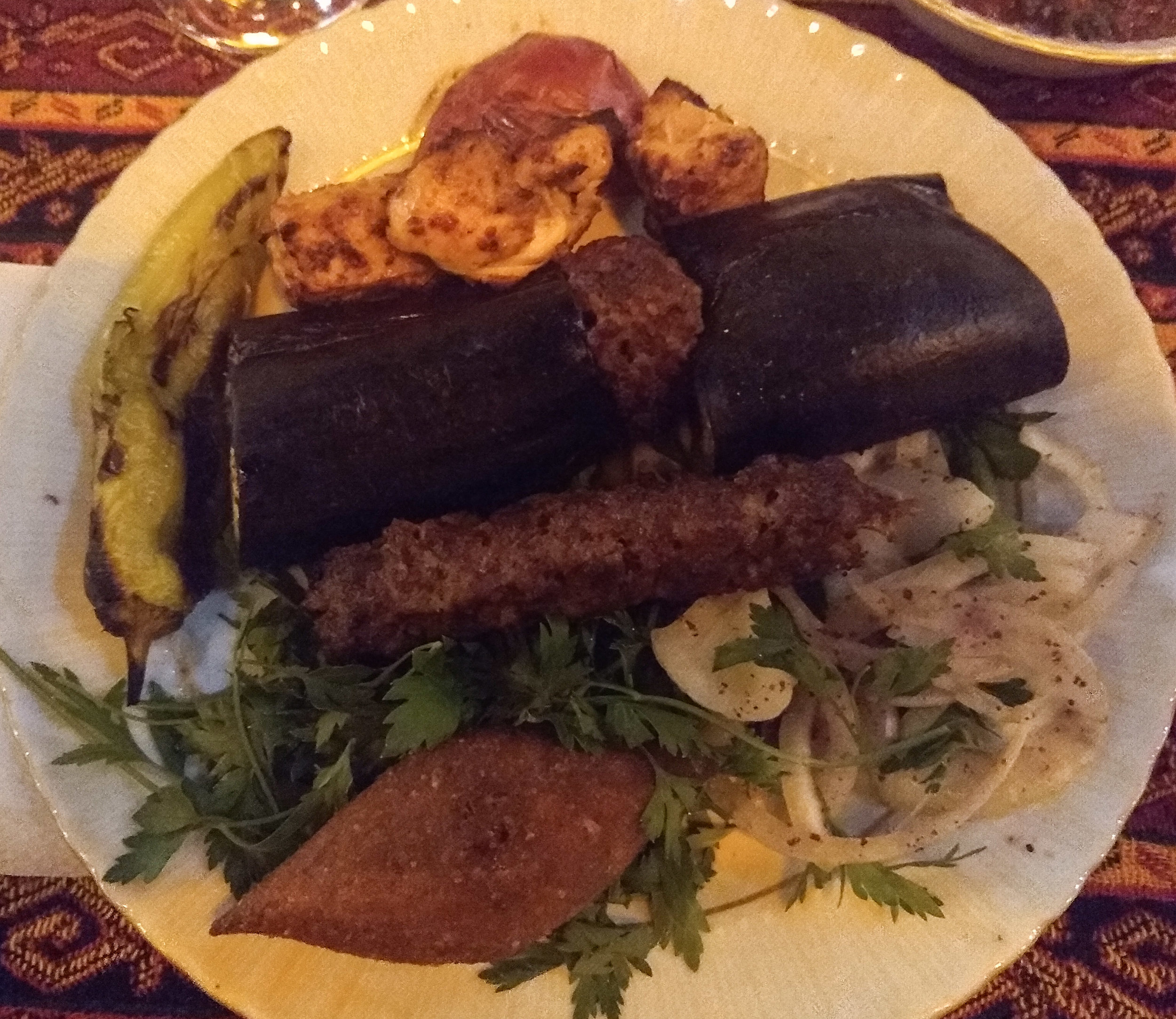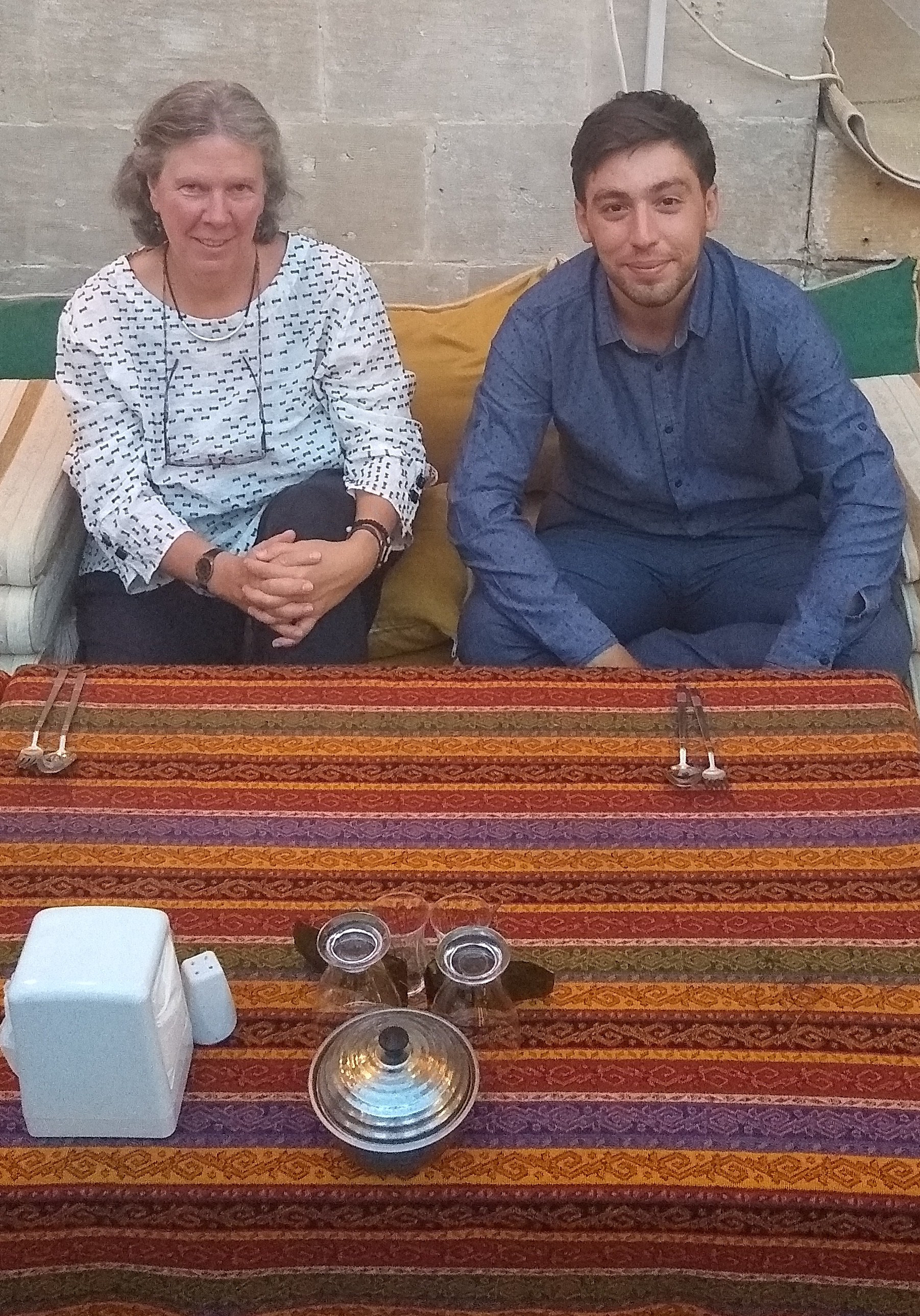For two days, I had visited the surrounds of Sanliurfa. It was time to pay a bit of attention to Sanliurfa itself even though it is usually thought of as the base to visit Gobekli Tepe and not much more; at least for the few Western tourists, that is.
For the locals and for many Turkish people, Sanliurfa is a city of almost holy proportions; a city of prophets, among them the most important prophet of all: Abraham.
I had always learned — and I guess I am in agreement there with many scholars who know much more than I do — that Abraham was born in Ur, in Chaldea, Southern Mesopotamia, or in today’s Iraq.
But guess what? Other scholars believe that Abraham’s home was farther north in a place called Ura, near the city of Harran, and that the writers of the Book of Genesis just got confused about the two. Harran was of course the ancient city I wrote about in yesterday’s blog. And Ura self-evidently, is today’s Sanliurfa. Sanli is a syllable that was only added in the 1980’s and means something like “glorious”.
If you have a claim like this, you need to back it up. To no one’s surprise, we have legends abound in Sanliurfa, and many mosques, caves and ponds to provide the proof for the legends. It is a snake that bites its own tail, but then, circular argumentation has never deterred any religious followers. And yet, no matter what you believe, it is touching to see the genuine feelings of visitors, pilgrims and believers who can be found at these sites.
Masoud took me around. As usual, you can follow the links into the history of these places, or enjoy just the images and the little tales I can provide.
Our first stop was the Eyyub Mosque (Sabrin Sultani Hz. Eyyub (A.S.) Makami), the place where Patriarch Job was cured of all of his illnesses by God who provided him with healing water from a well after years of sufferings and injustices. From the holy well — and of course we are talking just that well — healing water is fetched even today, and sold at the mosque grounds in containers of varying sizes. The cave in which Job suffered and the well from which he drank became the heart of this mosque. Men and women, as usual, have different entrances and view the cave from two sides. In the women’s cave quarters, several women and their children were sitting and rubbing the walls, and then “washing” their faces with the holiness from the walls. They were sitting, softly wailing and swaying a bit, or quietly reading the Koran. I always marvel at this level of unquestioned devotion. I am too much of a cynic…
Sanliurfa is an interesting town with hills and slopes, parks, and ponds. Ancient cave dwellings are in the middle of the old town alongside some very good museums, which I already mentioned two days ago. You have the best view from the castle, but it currently undergoes renovation. So, we saw the town from a slope just beneath it.
Sanliurfa has a lively old Bazaar with vendors selling everything from plastic kitchenware to expensive carpets. An old Khan (caravanserai) serves a coffee specialty which I loved; and I am not a fan of coffee and definitely not a fan of Turkish Coffee. It is coffee with foamed cream and pistachio nuts sprinkled on it. Delicious!
Sanliurfa even has some underground water-channels or qanats, just like I saw in Iran… As I said once before, I always have to remind myself that this area of Turkey really is culturally a part of Iraq-Iran, ancient Mesopotamia, and the Fertile Crescent. The most visible signs for me are the architectural similarities of old houses featuring a courtyard with a fountain and Iwans (arched halls) that provide shelter from the sun, but allow you to spend your time outside. Two Iwans often face each other so you can shift around according to the position of the sun. One is referred to as the Winter, the other as the Summer Iwan.
There also is modern Sanliurfa. After all, there are over 2 million people living here. That means high-rise after high-rise and densely populated areas. Many of the houses though look surprisingly new and modern. There seems to be a housing boom in Sanliurfa. Despite its proximity to the Syrian border, I noticed nothing unusual as far as refugees were concerned. In fact, the refugee population in Istanbul was a lot more noticeable than here. Where are they? In refugee camps outside of town? It was a puzzle which I did not solve.
The most important places in Sanliurfa for believers however, are the ones associated with Abraham. There is most of all, Abraham’s birth cave… Yes! You probably didn’t know that Abraham was born here and in a cave, and had to be raised by wild animals… All of this, because Nemrut, the local king, was after him. Just ask the locals, they will tell and show you. The cave is now located at the Mevlid-I Halil Magarasi Mosque. Just as in Job’s cave, women will sit and pray at their end of the cave. It can only be seen through green glass and is below the floor. But here, they also bring their young babies to be in the presence of Abraham’s child-vibes. Perhaps, they hope to have some of Abraham’s greatness rub off onto their youngsters? Or perhaps, Abraham is associated with good luck or health, or else?
Later in life, Abraham refused to worship Nemrut I, the local king (whose famous tomb mountain I will soon visit). In anger, Nemrut gathered all the wood he could find in his kingdom to erect a huge pile and set the pire aflame on which Abraham would burn. Said and done. But God interfered, turned all the fire into water and all the wood into carp. Abraham was spared and the king’s daughter converted on the spot and then, was burned by her father instead. And this time, God let it happen, but we still have a pond to honor her, too. But because of Abraham’s miracle you have a big carp-pond (Balikli Gol) next to the mosque filled with holy fish… And if you don’t believe in any of this, you can still enjoy the pond, the fish, the park, and the shade.
From the profound to the profane… I had read about an old mansion that had been converted into a Kitchen Museum (Mutfak Muzesi). I had to see it! There were labels, but only in Turkish. And really, I was not so much interested in all the cooking details, or the labeled herbs as in the fact, that this century-old mansion had been furnished in period style and featured all the historical architectural features which I had encountered in Damascus and Esfahan. It was a gem.
To top off the day, Masoud — who had little to drive and had voluntarily turned into my local guide — suggested to visit yet another century-old mansion that prized itself in serving Sanliurfa’s famous local cuisine and featured a live band playing Sanliurfa’s indigenous, traditional music. Masoud was not only a fan of it, he told me that he played the violin and loved this kind of music more than any modern music. What a surprise.
And so the day ended with a delicious set menu dinner of which the yoghurt sauce, raw meat balls, and cooked eggplant stood out.
Bon Appetit!
